Best rugged phone 2025: The most durable drop-proof and waterproof smartphones tested
From drop tests and battery life to performance benchmarking, we tested the best rugged smartphones for durability and work
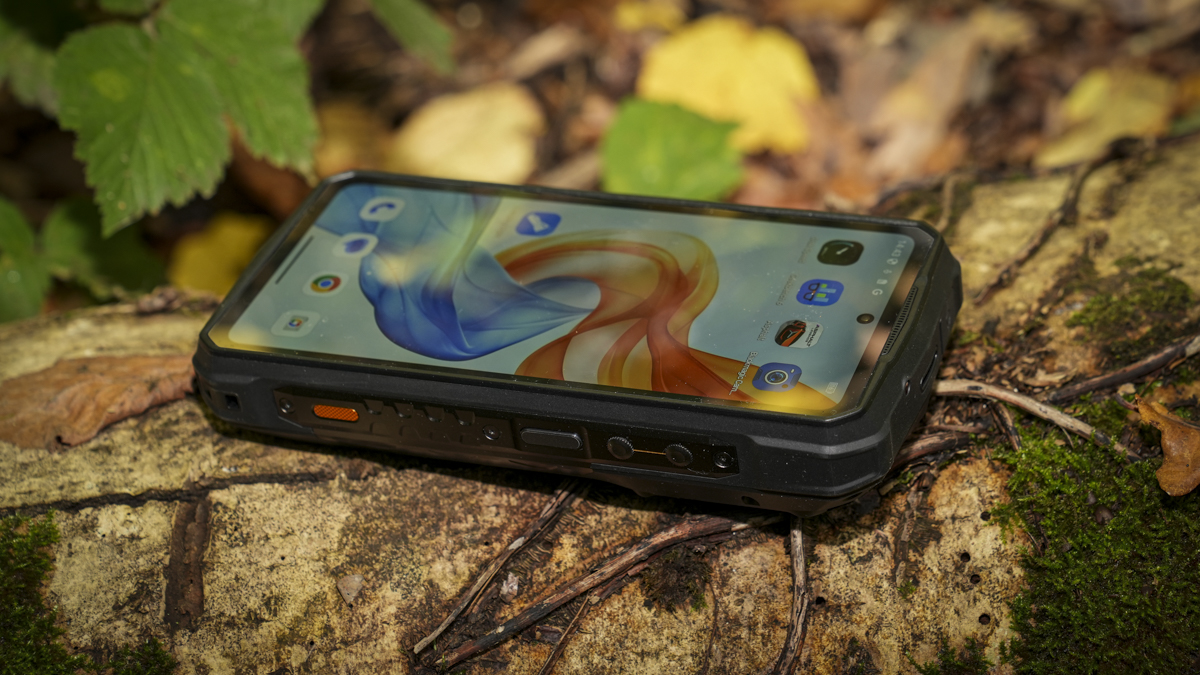
My team and I have tested the best rugged phones for those who need a tough, near-unbreakable phone that'll survive the most extreme conditions and roughest treatment. This year alone, we've reviewed some excellent models (and a few very average ones). So, I've selected the top-performing rugged smartphones with rock-solid IP ratings for durability and protection against the elements.
The Oukitel WP210 is a stellar choice for most people - it's practical, effective, with exceptional battery life, and unlike a lot of these mobile devices, it isn't ultra-heavy and as thick as a house brick. For a cheap rugged phone that's absolutely worth your money, the Ulefone Armor X16 Pro impresses for the sheer number of features built in, at a price well below most other models.
You can check out the full round-up below. Just like the best rugged laptops and best rugged tablets we've used, we've dropped these phones, submerged them in water, and carried them outdoors to make sure every one lives up to the promise of being truly tough and durable. We've also reviewed size and specs, protection and performance, and explored critical features like battery life, night vision, and thermal imaging to find the most durable phones you can get.
Best rugged phone overall
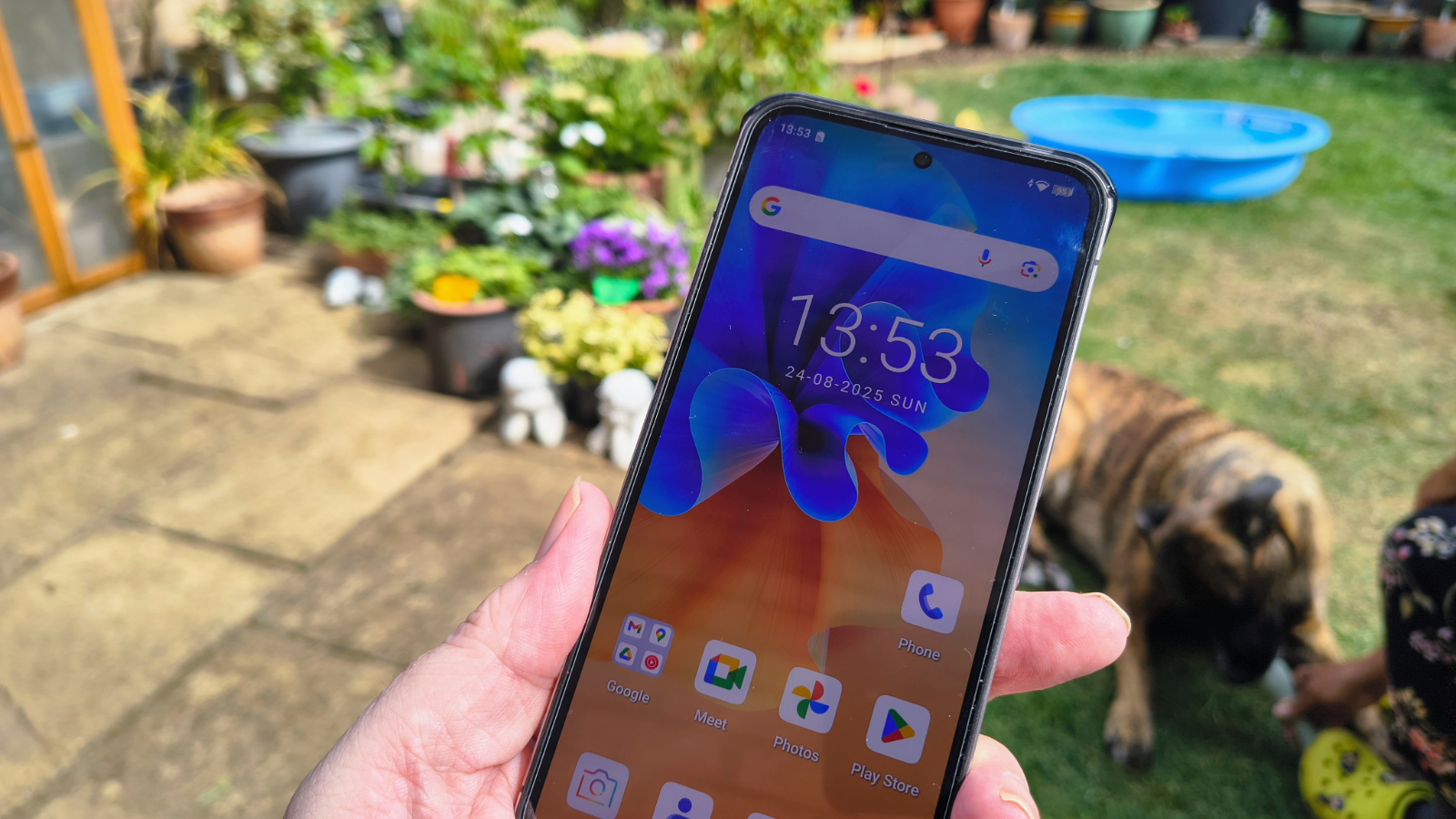
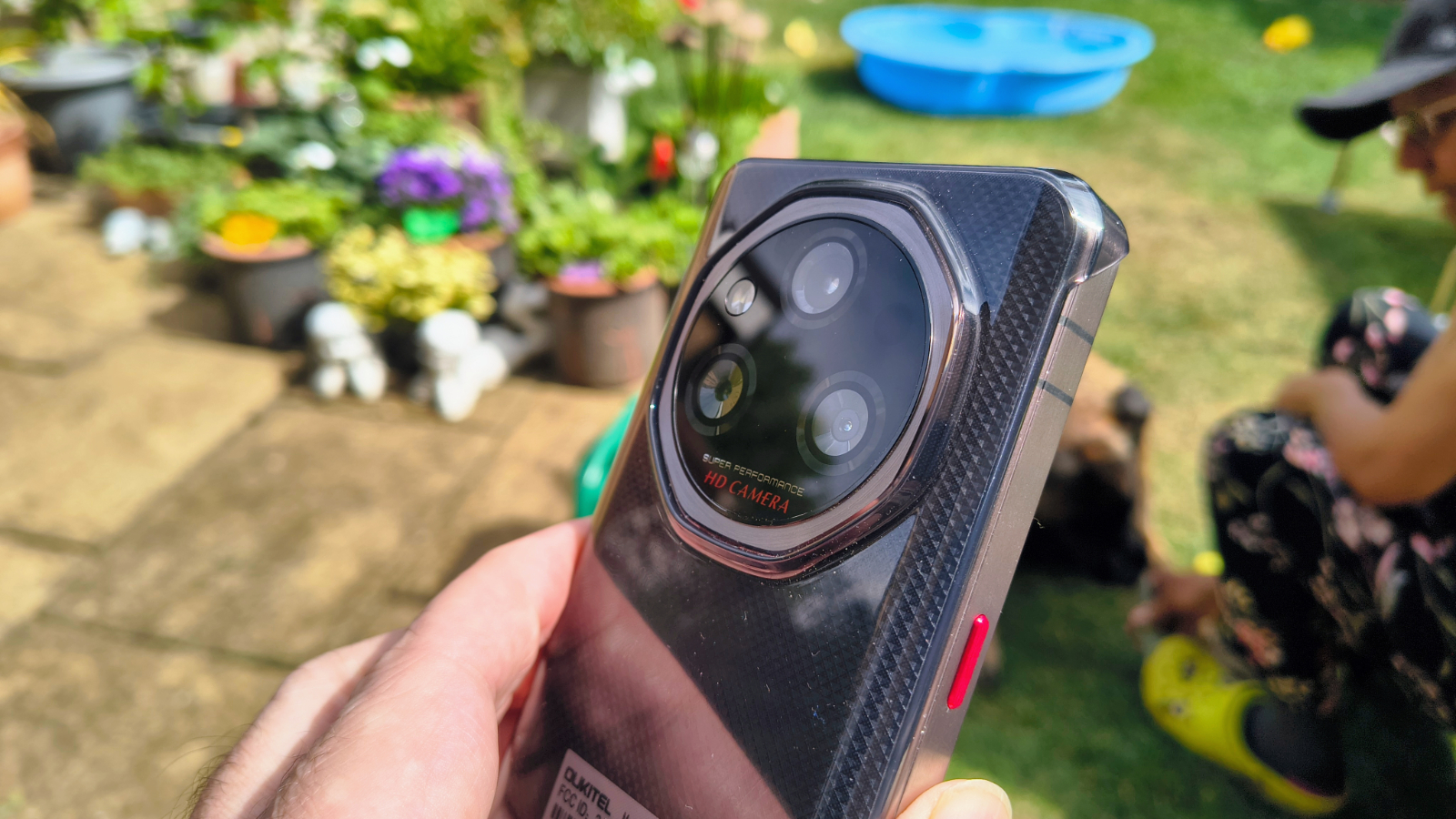
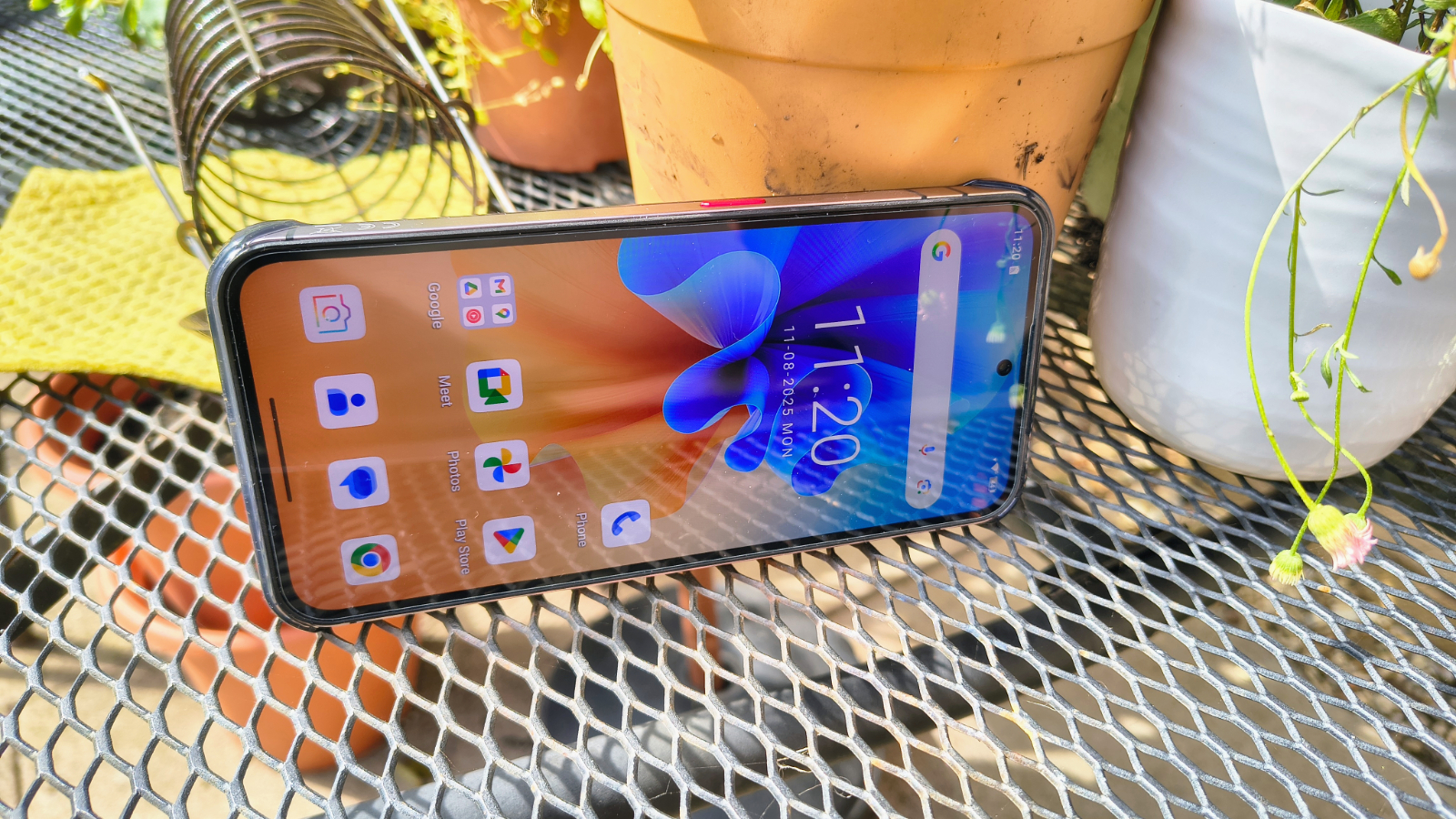
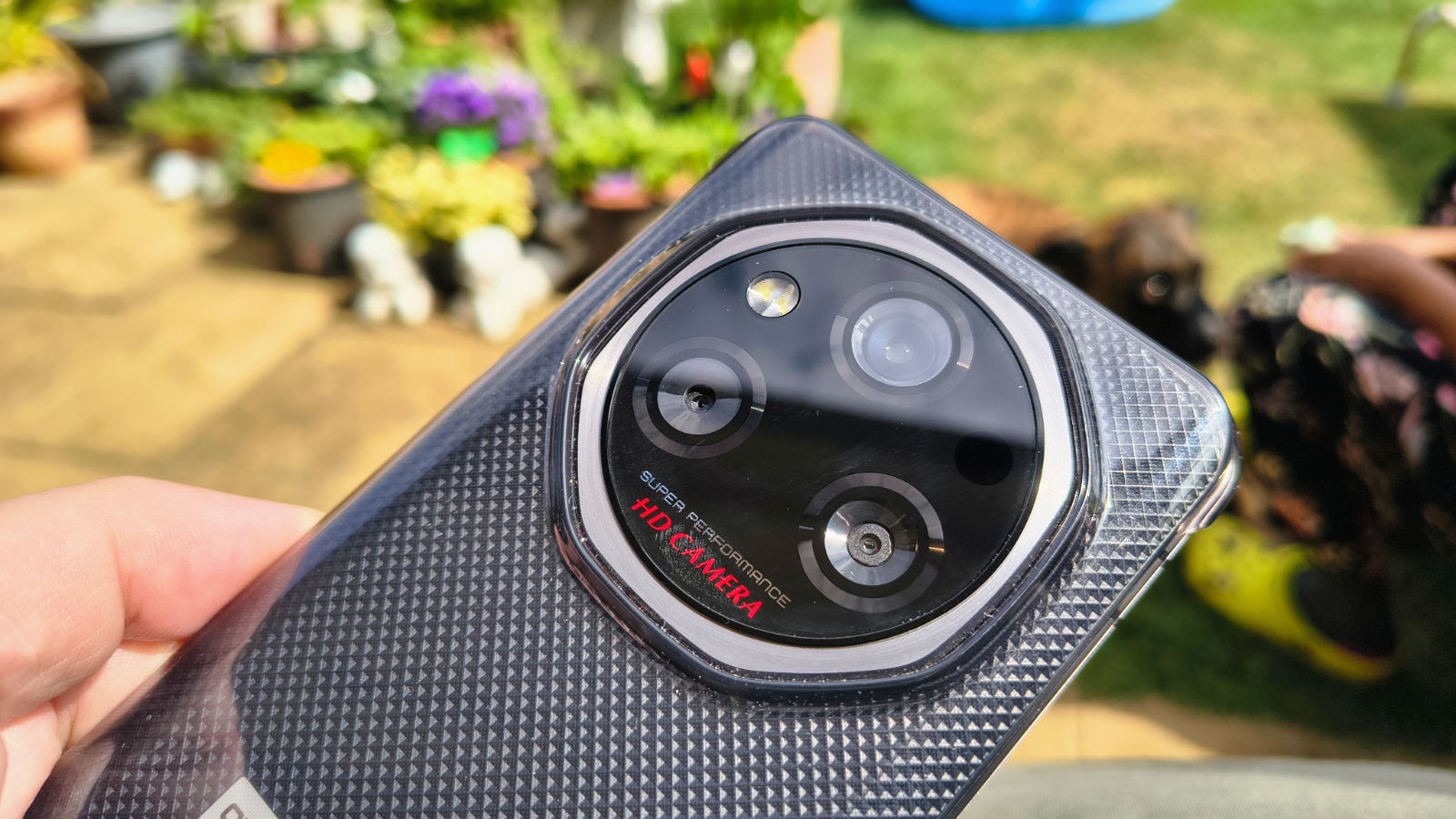

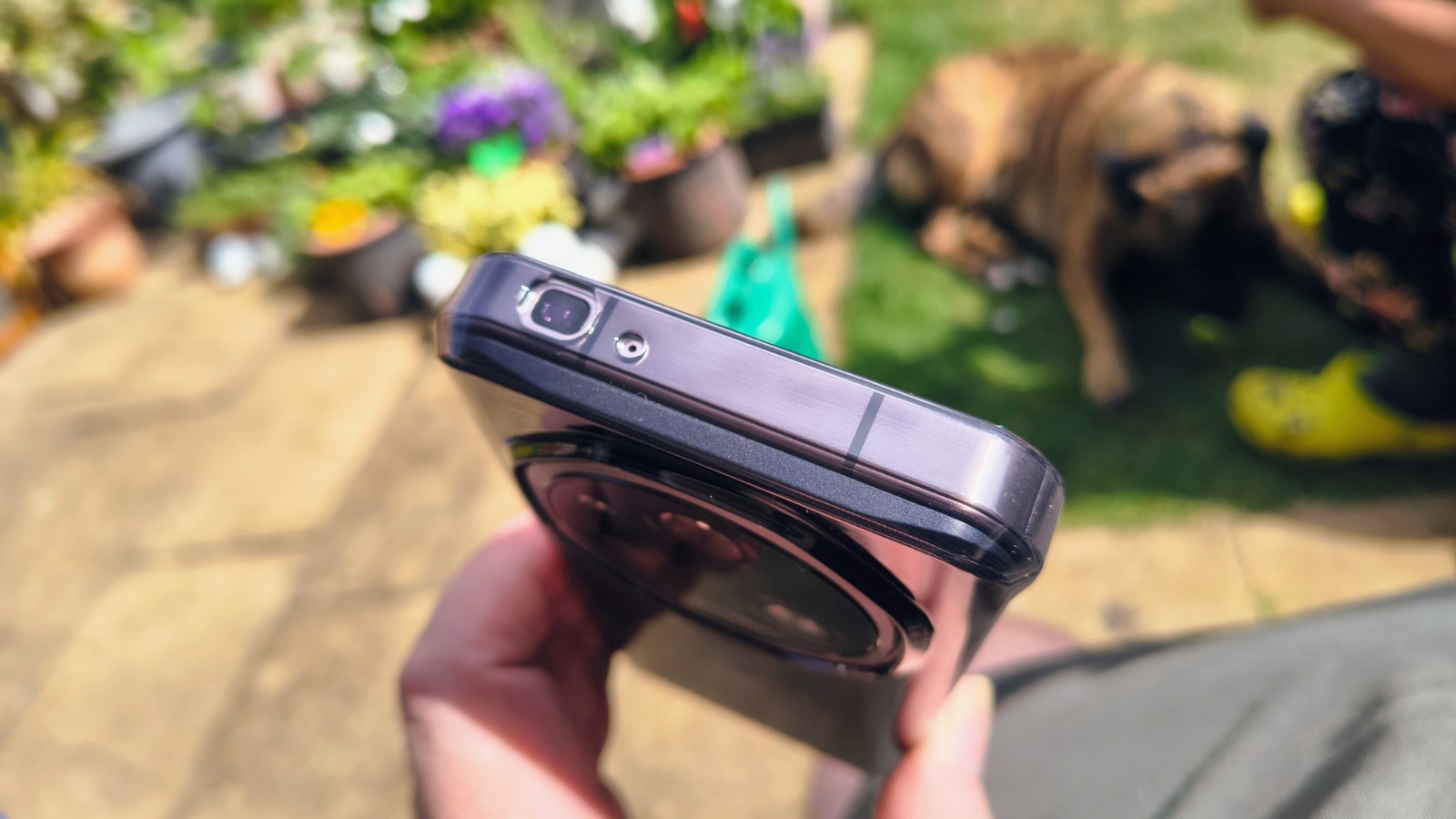
Specifications
Reasons to buy
Reasons to avoid
✅ You need a rugged phone that won't drag you down: Unlike a lot of 'bricks', the WP210 is more pocket-friendly than most, weight in at just 11oz.
✅ You want a speedy phone: The performance of the phone proved excellent in our tests thanks to a powerful SoC and plenty of RAM.
❌ You're prioritizing battery life: While it's strong here, there are rugged phones with double or triple the battery life - but they will be weightier.
❌ You're storing a lot of files and media: There's no microSD card slot on this device, so you're limited to the 512GB onboard storage or cloud services.
The Oukitel WP210 is one of the most practical rugged phones we've tested - it's not especially heavy compared to most, so it'll fit neatly in your pocket and won't weigh you down.
Despite its smaller than average size, it still manages to provide good battery life for those who need a reliable mobile device. In our benchmark tests, it lasted a little under 23 hours.
Performance also proved excellent. That's thanks to a powerful, newer chip and 12GB RAM, which made our whole experience smooth, lag-free, even punchy. And that's a massive selling point, because many durable phones can feel slow.
Screen-wise, this one has a The 6.7-inch OLED display that we found delivered impressive, intensive colors and brightness. The camera array to the rear is similarly good, with the 108MP Samsung S5KHM6 giving us high-quality images and videos throughout the review process.
As an everyday device, we called it "a well-built mid-range rugged phone" that does a lot more than many out there, without being the size and weight of a house-brick. Beyond the lack of a microSD card slot and wireless charging, we struggle to find any real fault with this pocket-friendly rugged phone.
Read our full Oukitel WP210 rugged phone review
Best rugged phone on a budget
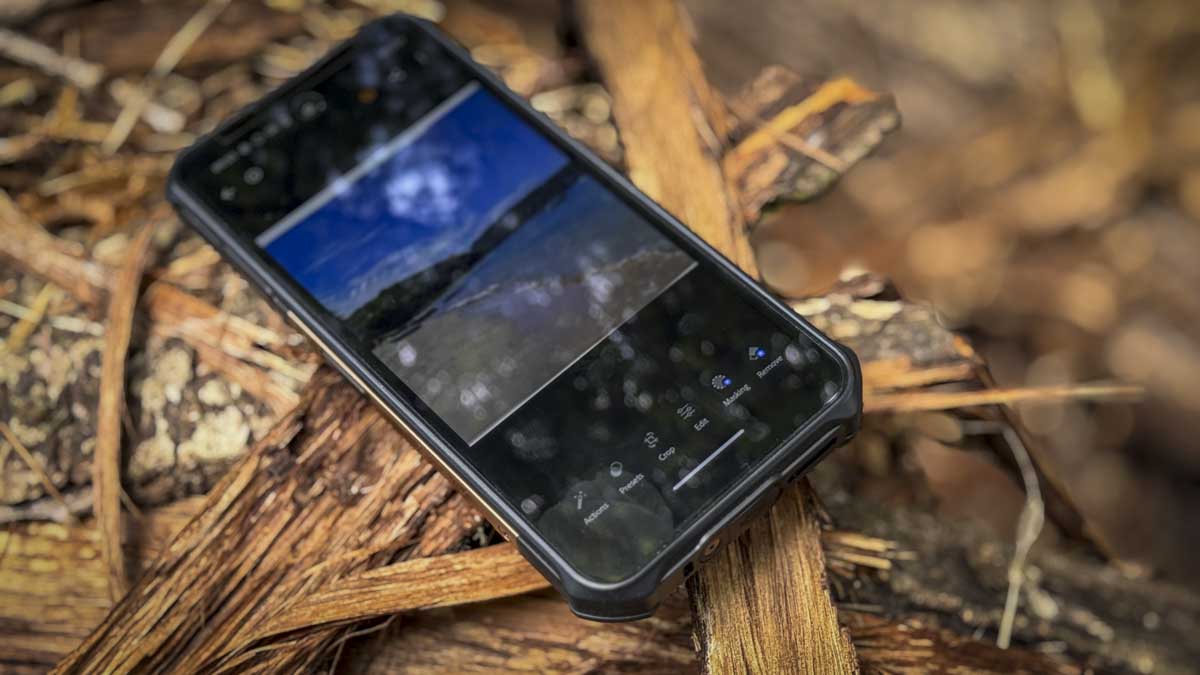
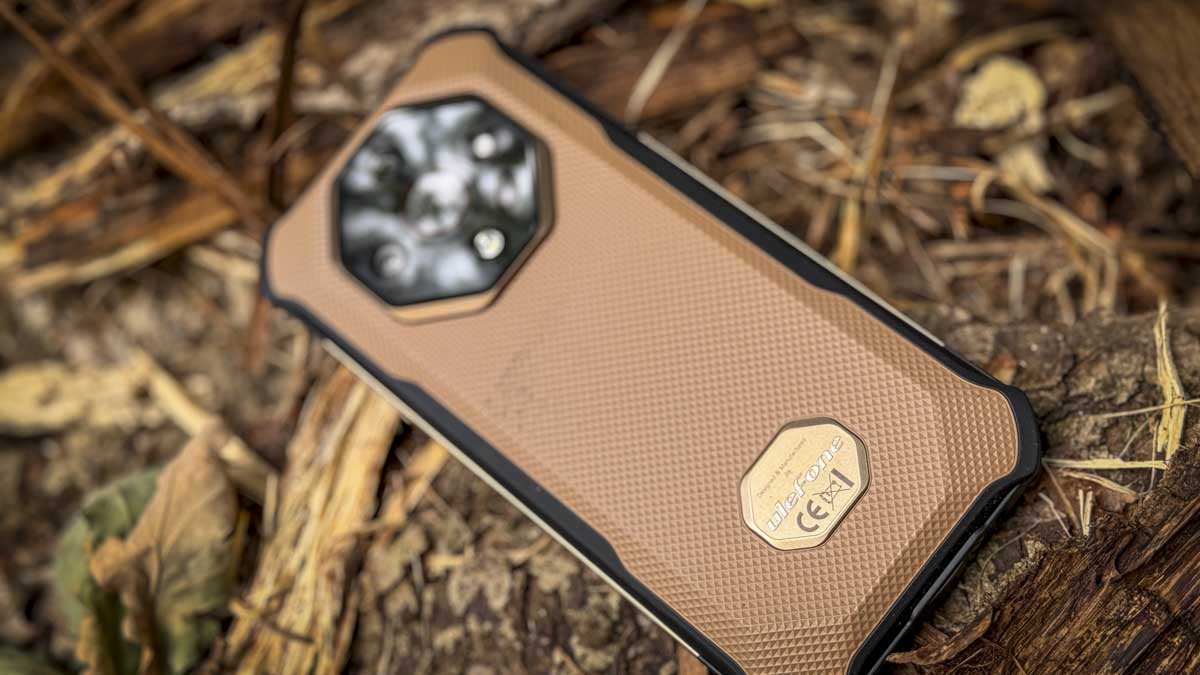
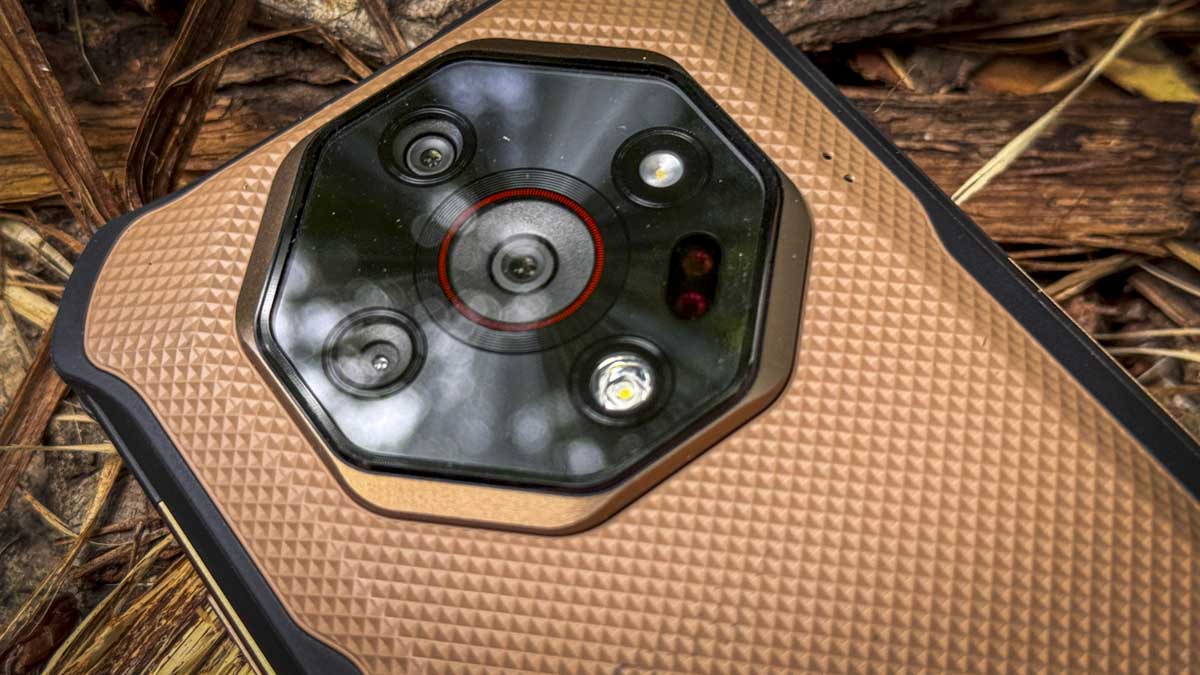
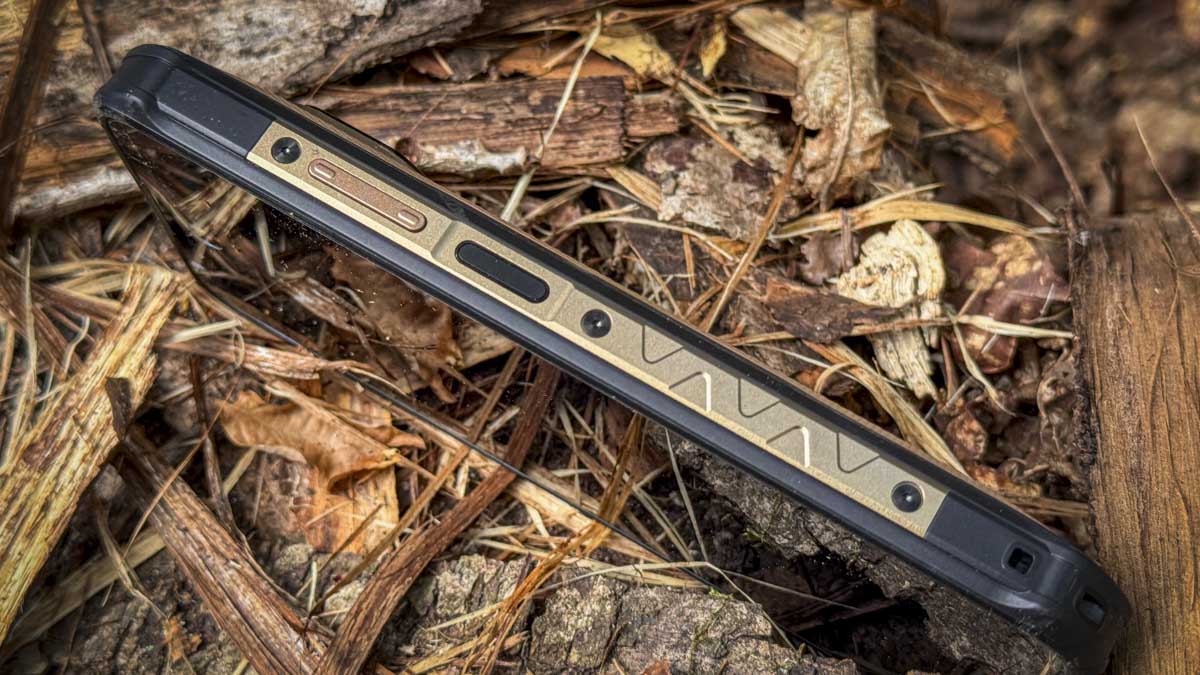
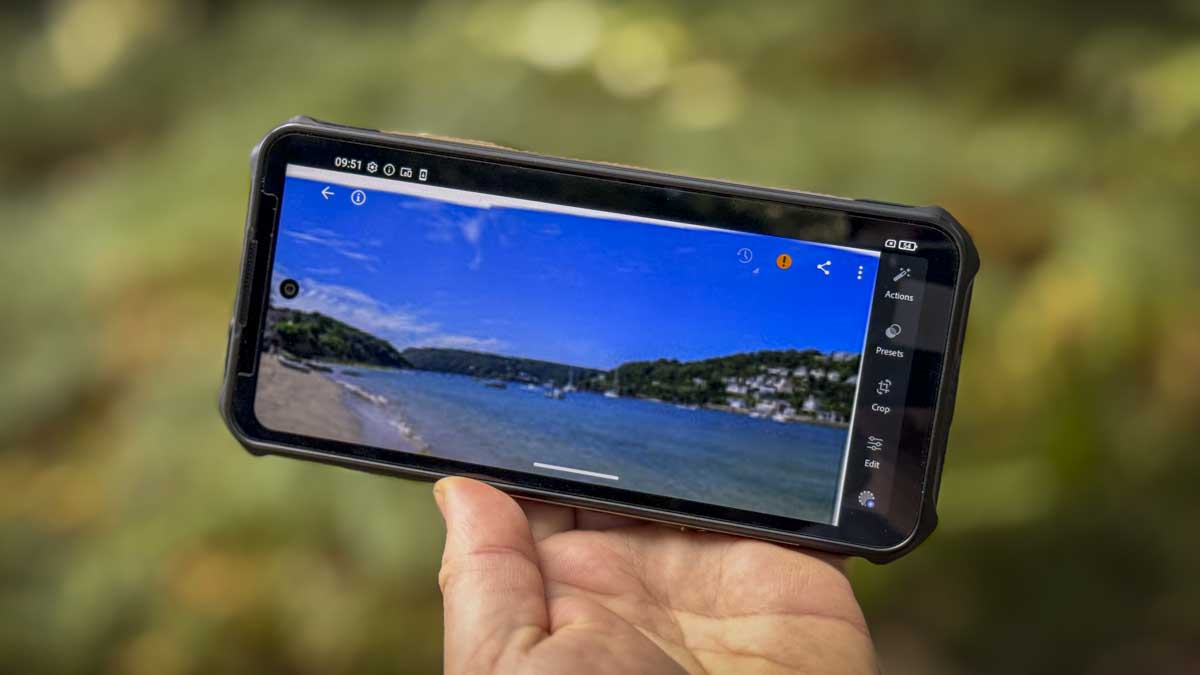
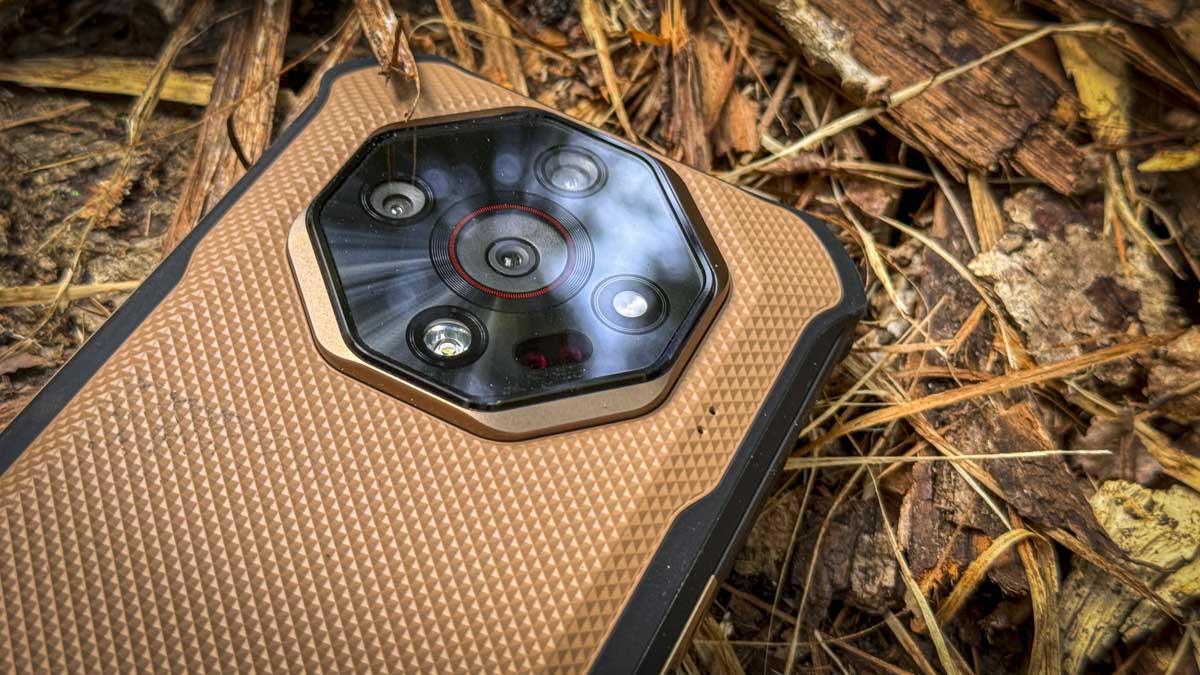
Specifications
Reasons to buy
Reasons to avoid
✅ You’re on a budget: Considering it's at the lower end of the price-scale, the Ulefone Armor X16 Pro is absolutely packed with features.
✅ Battery life is a top priority: During our tests, it took three weeks of use for the battery to drop from 100% to 25%.
❌ You want a lightweight phone: There's no getting around this - at 13.9oz / 395g, it’s heavy and feels thick in the hand.
❌ You want a high-resolution screen: The only spec that's really missing is a high-res screen - here, it's 720p.
For the cost, which is low compared to most rugged phones we review, the Ulefone Armor X16 Pro comes packing a lot more features than you might expect. That includes a large 10360mAh battery that took weeks to die, and a night vision camera. And while it may be heavy, with a thick build, it's still somehow one of the most stylish rugged phones we've seen.
Performance is good, but not exceptional. That's not to say it's sluggish, though. During tests, we found the combination of the MediaTek Dimensity 6300 processor and 8GB RAM provided more than enough power to scroll through photos, open documents, play games, and edit videos. In fact, when browsing the internet, page loads felt much faster than the iPhone 15 Pro.
It held its own during our durability tests, too. We submerged the phone in water, dropped it from a height, and took it out into the field for use in the great outdoors. It survived it all. Considering the cost of this rugged smartphone, we came away seriously impressed.
The only feature that feels lacking is the screen. It's not full HD like most modern phones, capping out at 720p. Mind you, after a moment of adjustment we had no issues with this at all. Considering what you get for the price, it's a top budget pick.
Read our full Ulefone Armor X16 Pro rugged phone review
Best compact rugged phone
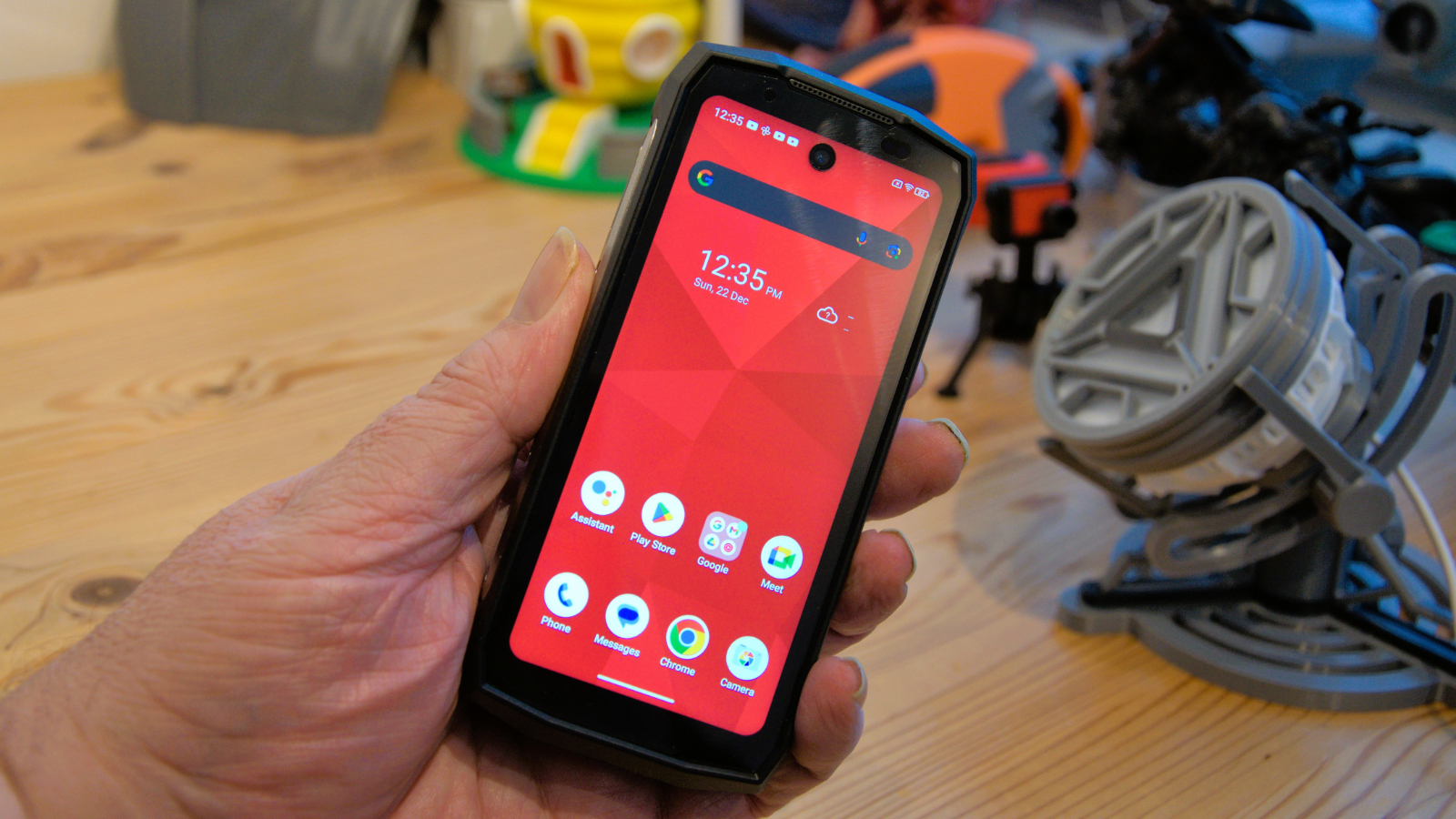
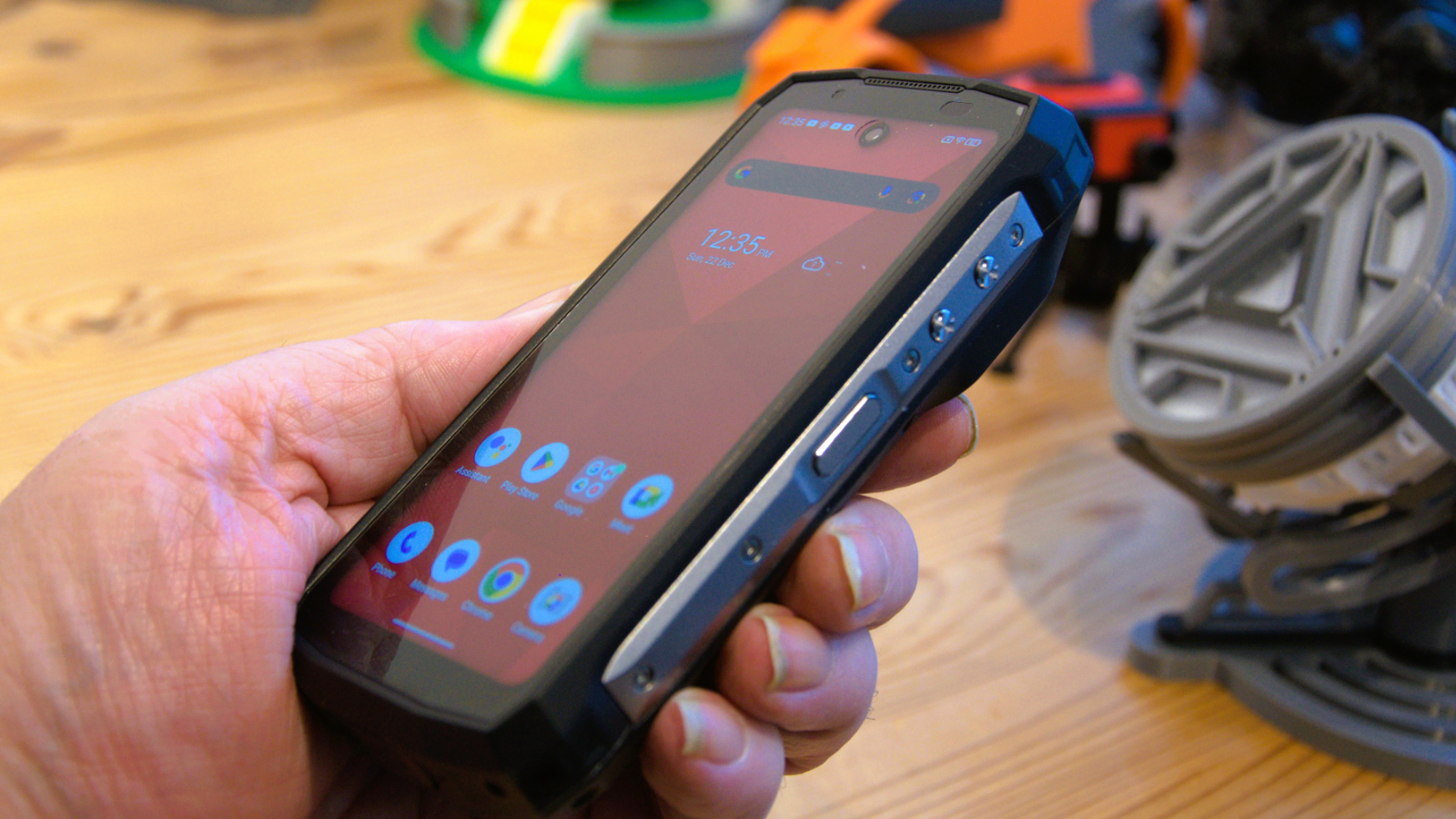
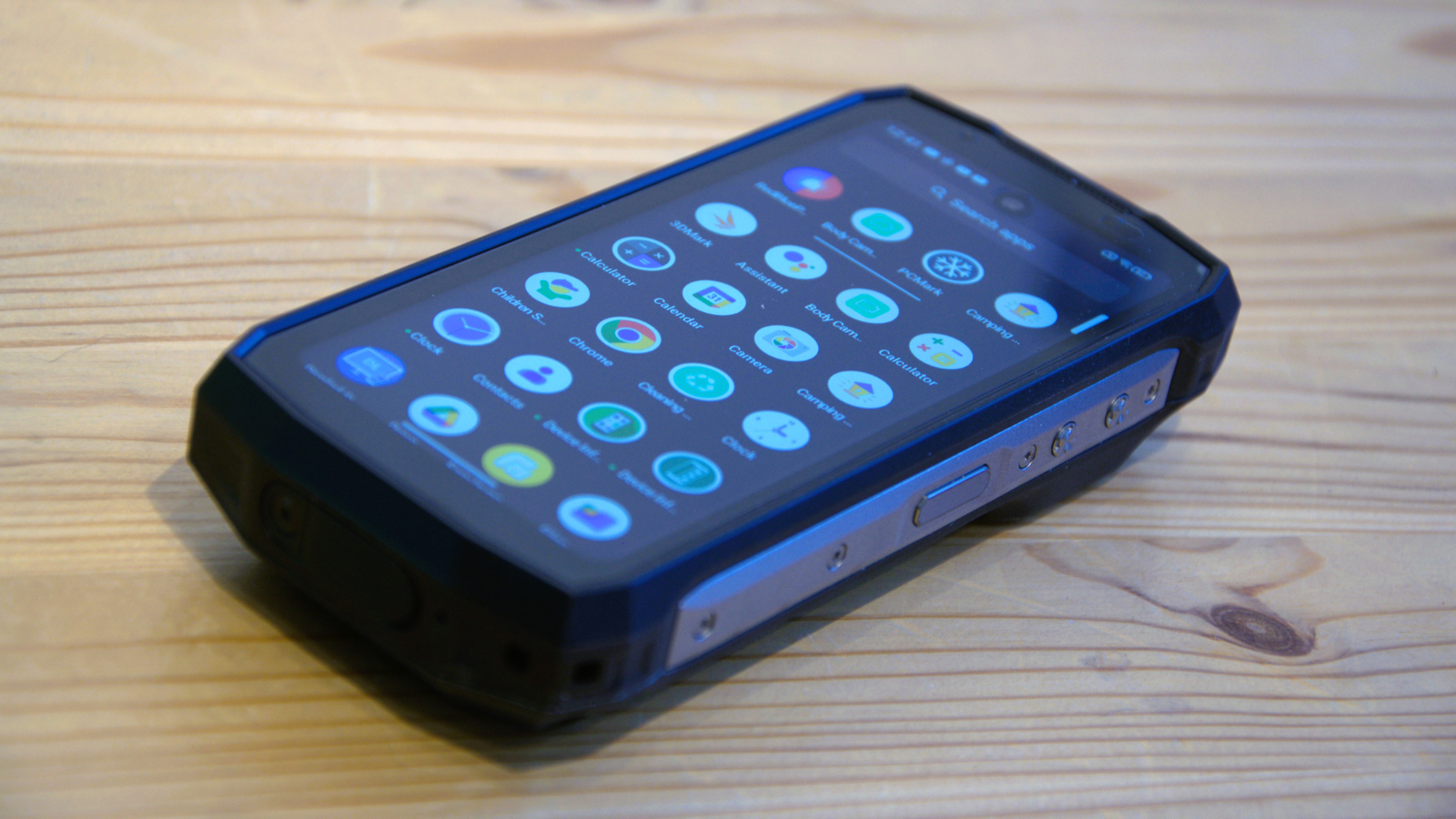

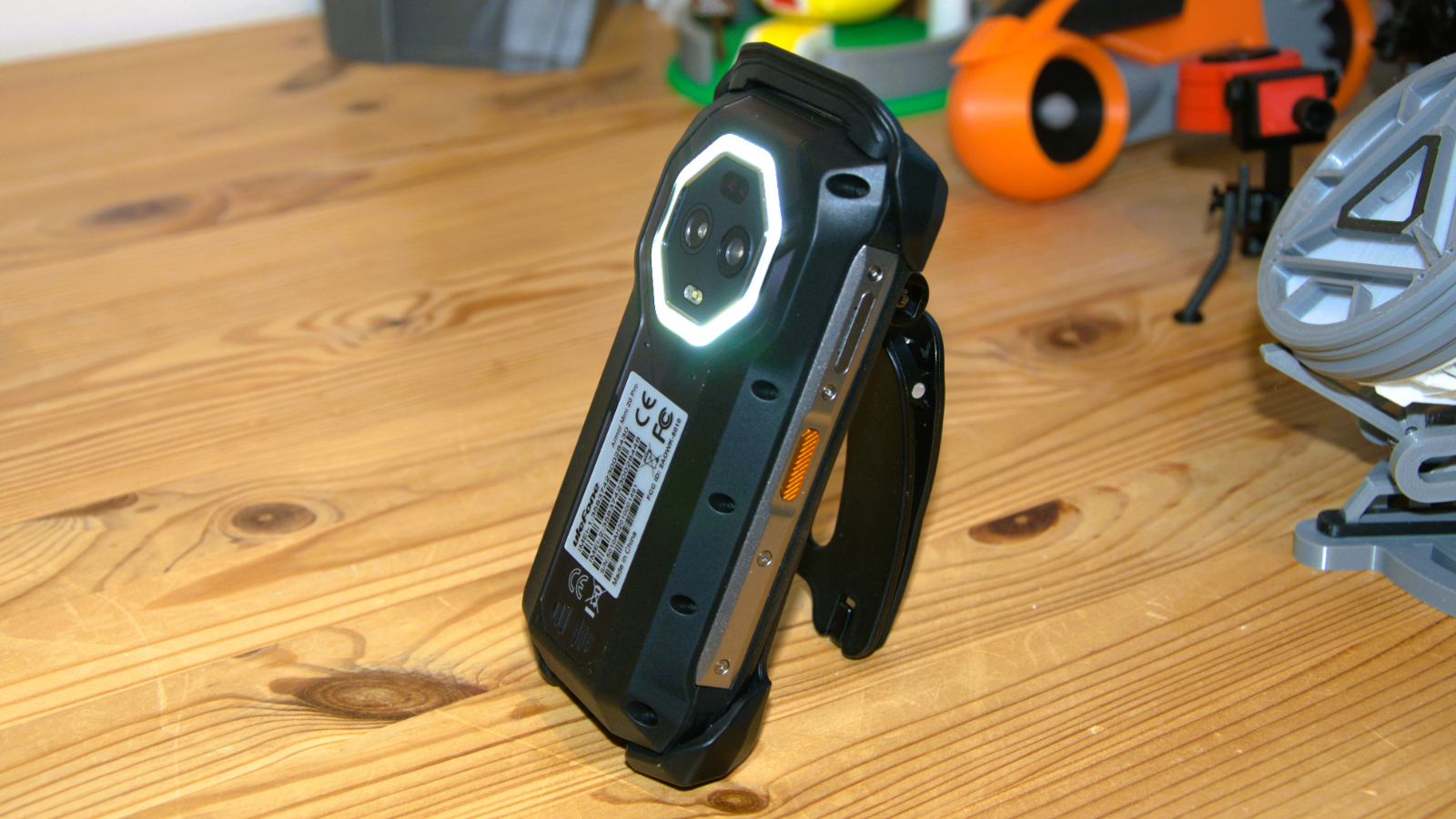
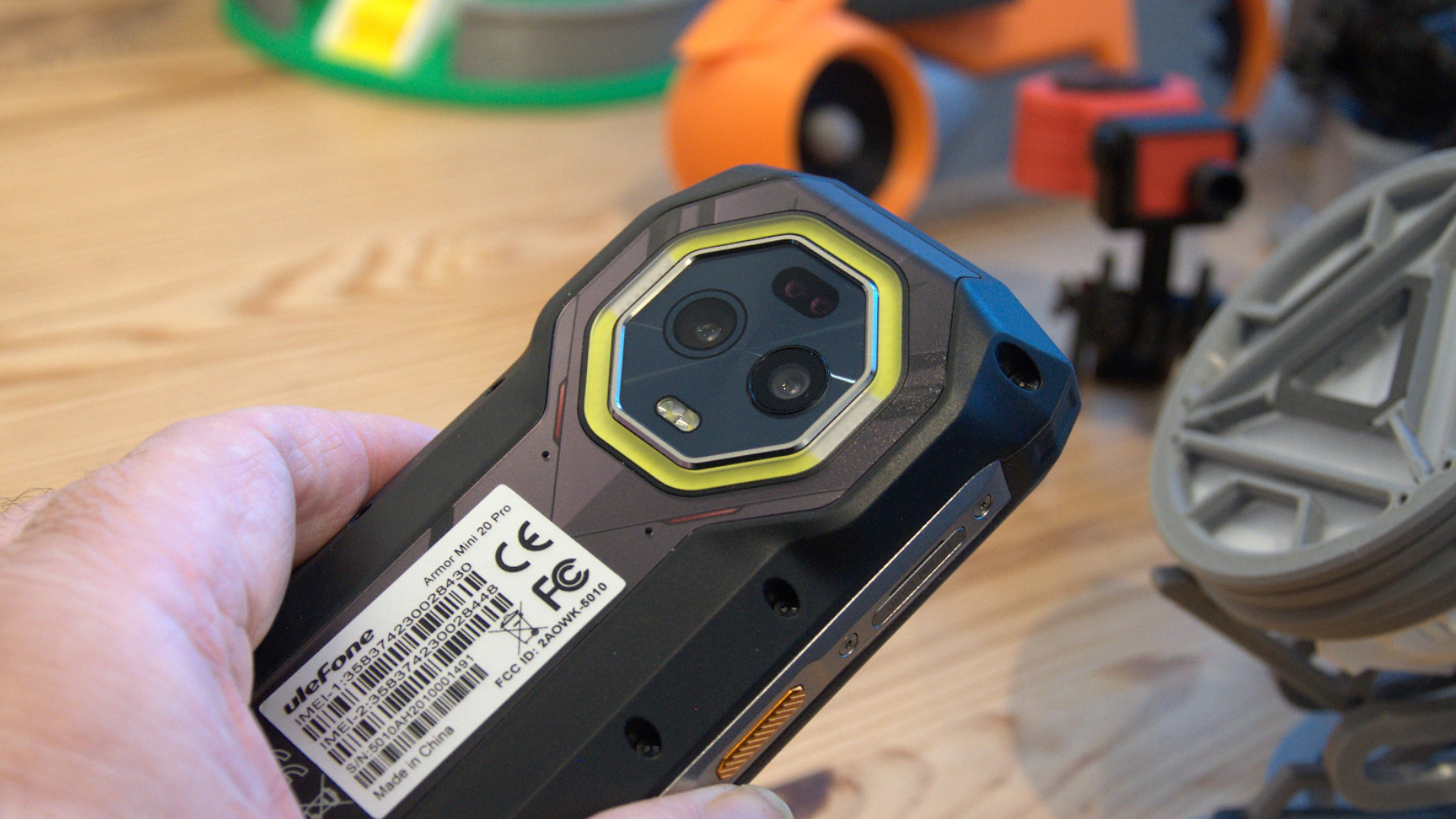
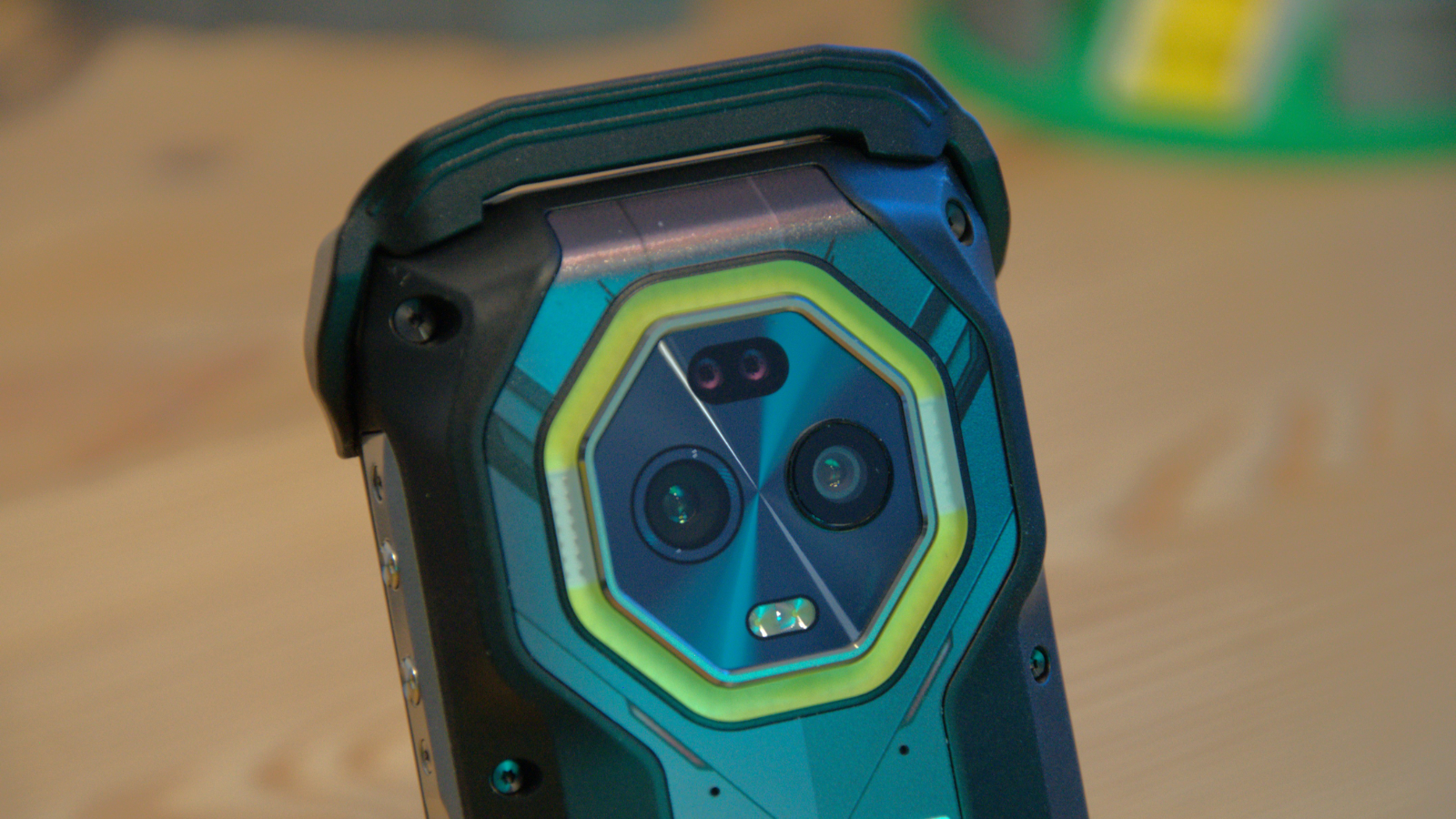
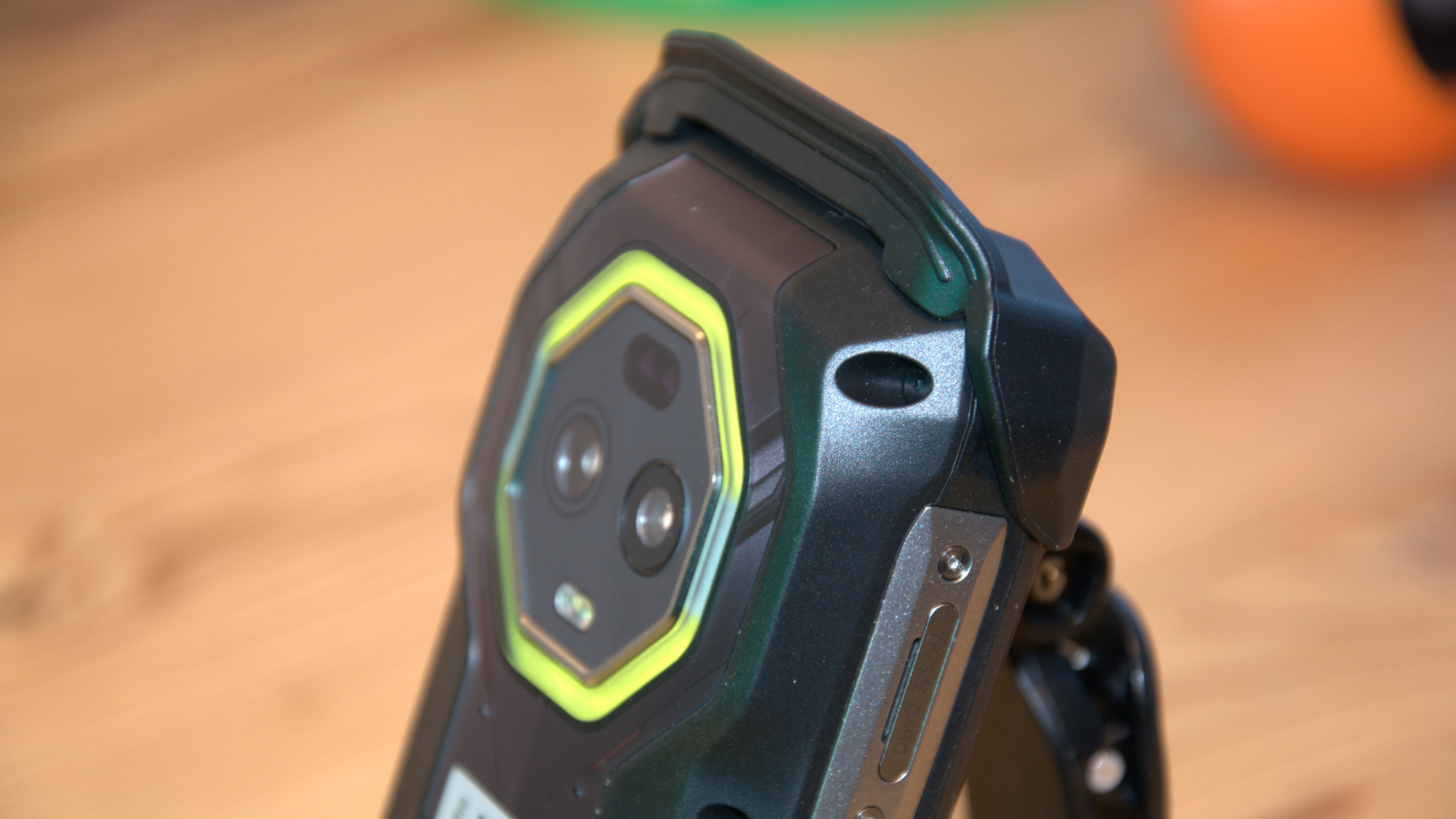
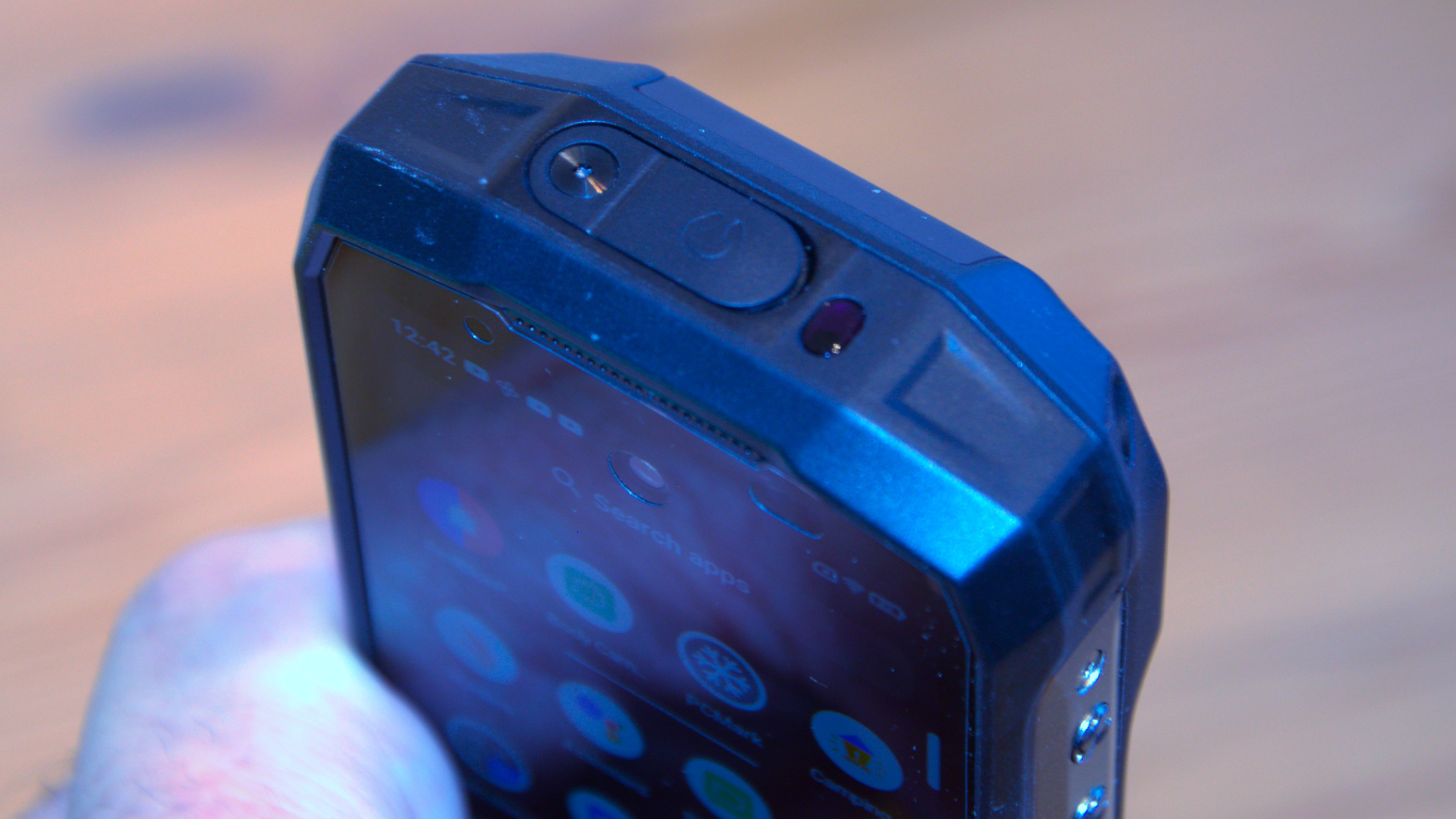
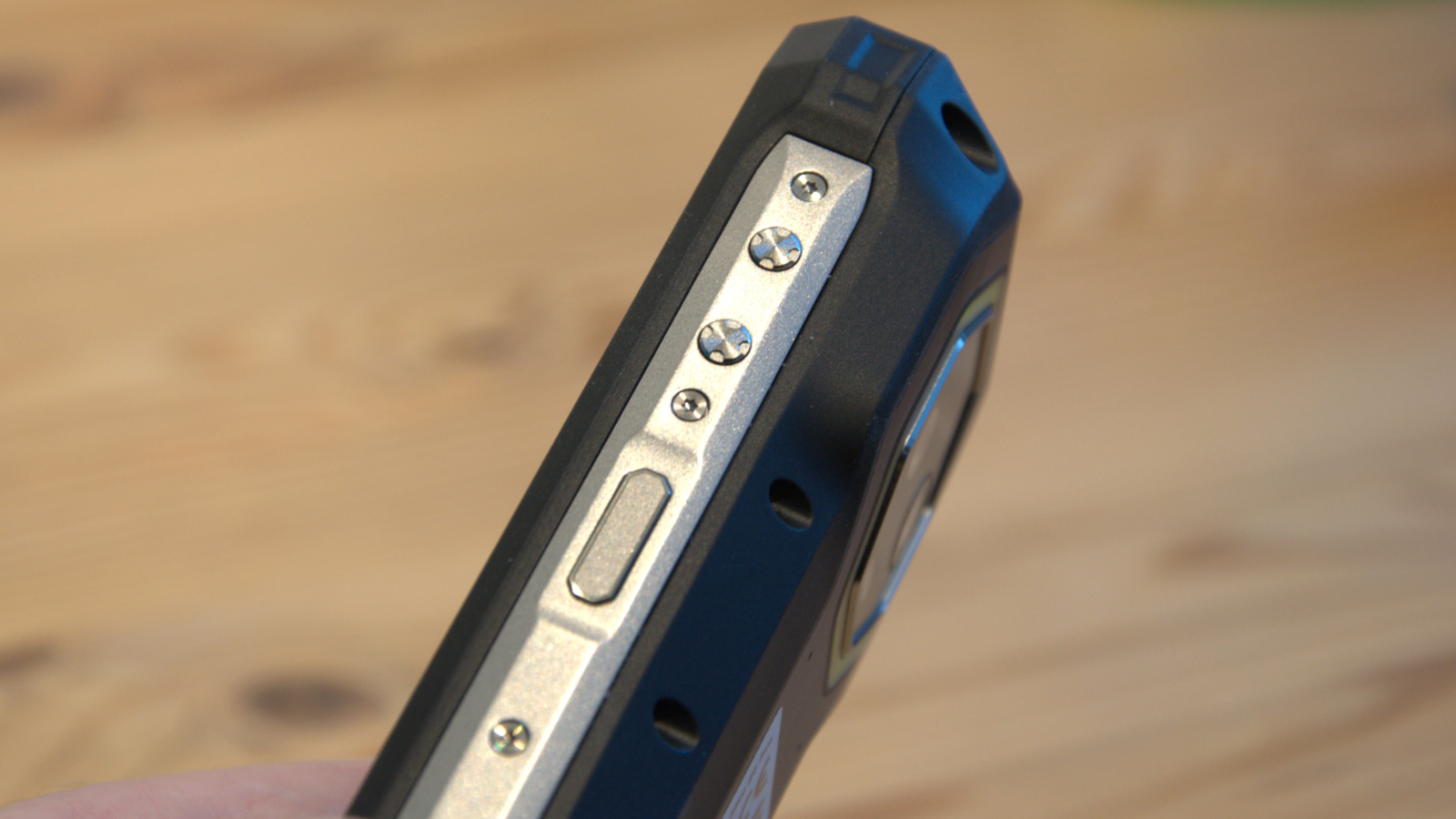
Specifications
Reasons to buy
Reasons to avoid
✅ You want an ultra-compact rugged phone: It's compact, pocket-friendly, and a little over 5-inches tall so it's easy to carry all day.
✅ Battery life is a priority: Despite it's size, it still has a 6,200mAh battery for extended use.
❌ You want 5G connectivity: This phone is limited to 4G LTE.
❌ You want a larger screen: At 4.7in, it's one of the smallest rugged phone screens we've tested, and may not be ideal for everyone.
If you want an EDC rugged phone, the Ulefone Armor Mini 20 Pro is the best out there. A little over five inches tall, and around an inch thick, it's seriously compact and more pocket-friendly than almost any other durable device out there.
It features the smallest screen in our guide, measuring just 4.6 inches. Despite its compact size, this phone is lightweight yet highly durable, boasting IP68, IP69K, and MIL-STD-810H certifications. Additionally, it includes rugged side grips for better handling and enhanced durability in the event of a drop. It also houses a 50MP rear camera and a 3.5mm headphone jack- something we rarely see these days.
Regarding performance, the Ulefone Armor Mini 20 Pro is no slouch either. This little phone has 8GB RAM, 256GB storage, a MediaTek Dimensity 6300 chipset, Runs Android 14, and has a 6,200mAh battery for all-day use. However, it lacks 5G and doesn't fast charge. If that's not a deal breaker, this is a great option.
In short, it's an ultra-compact, ultra-tough, go-anywhere, do-anything rugged smartphone ideal for everyday carry.
Read our full Ulefone Armor Mini 20 Pro review
Best rugged phone for battery
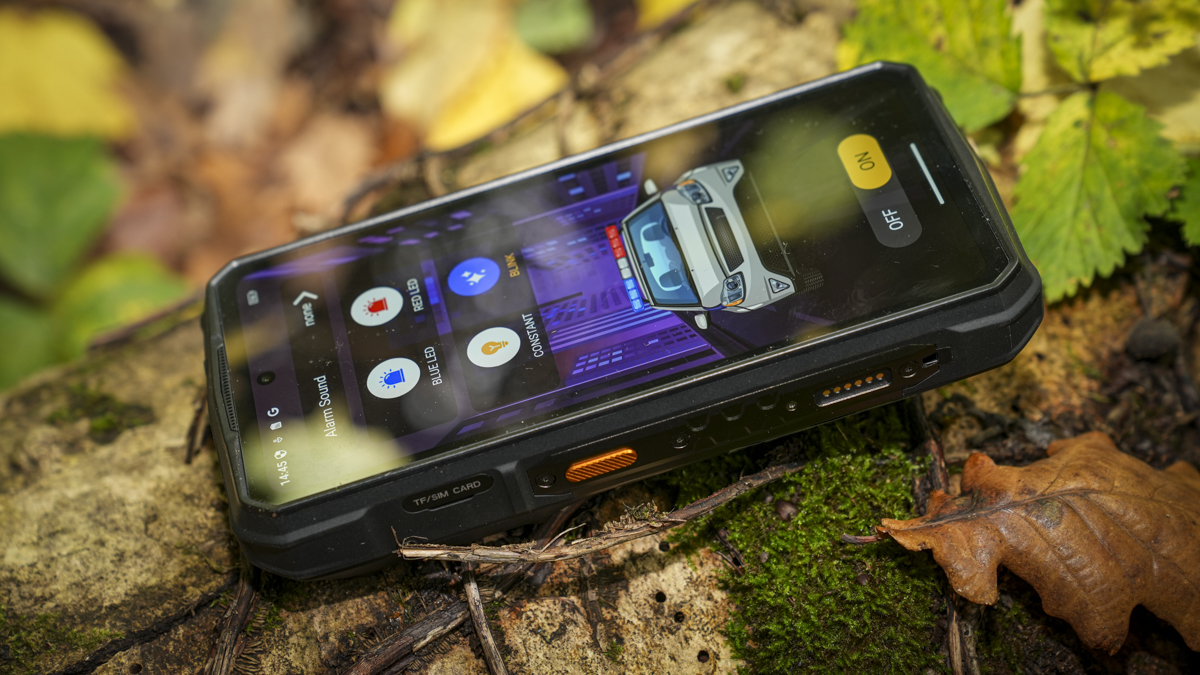
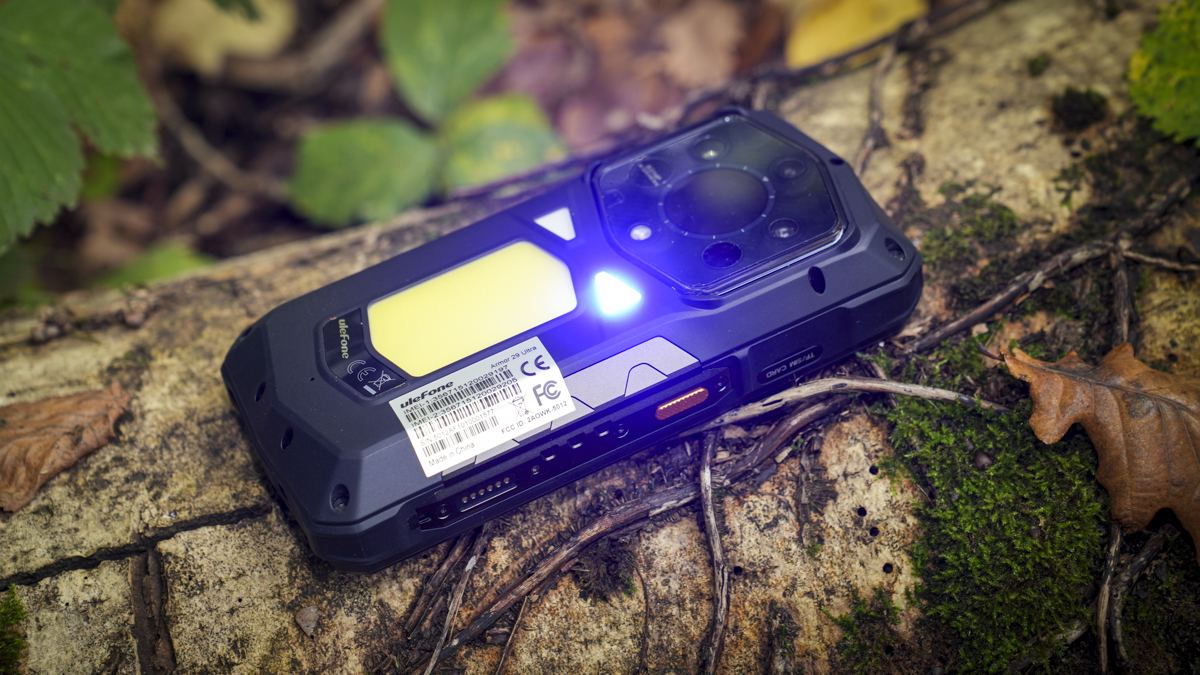
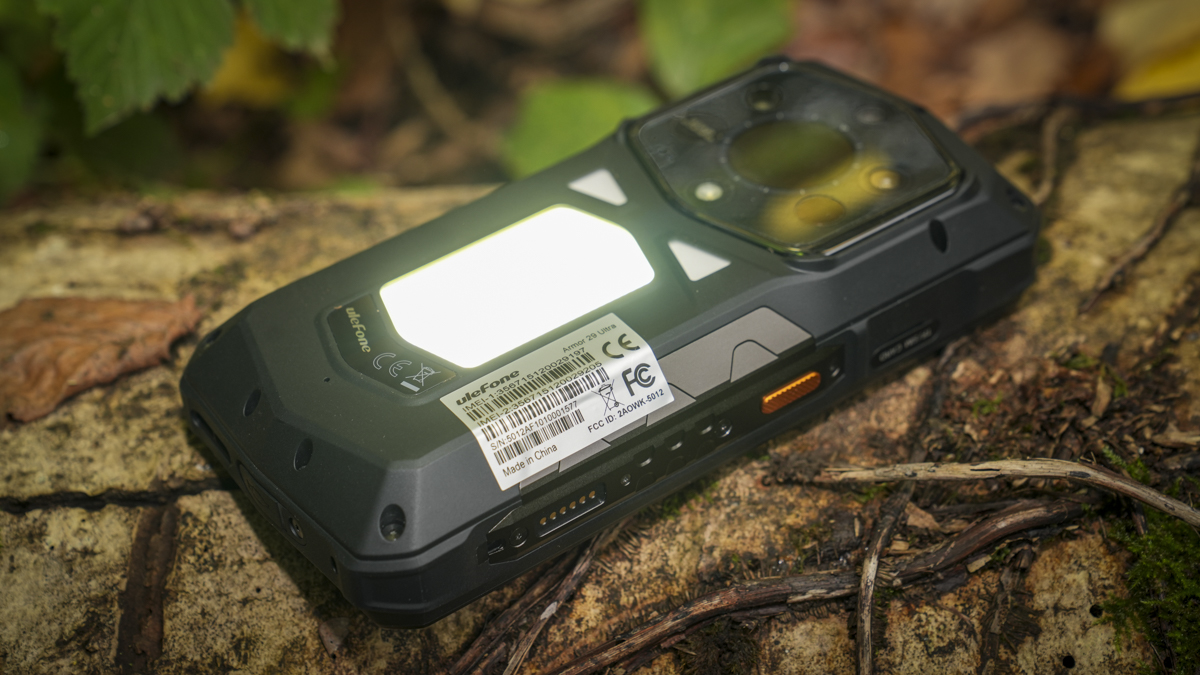
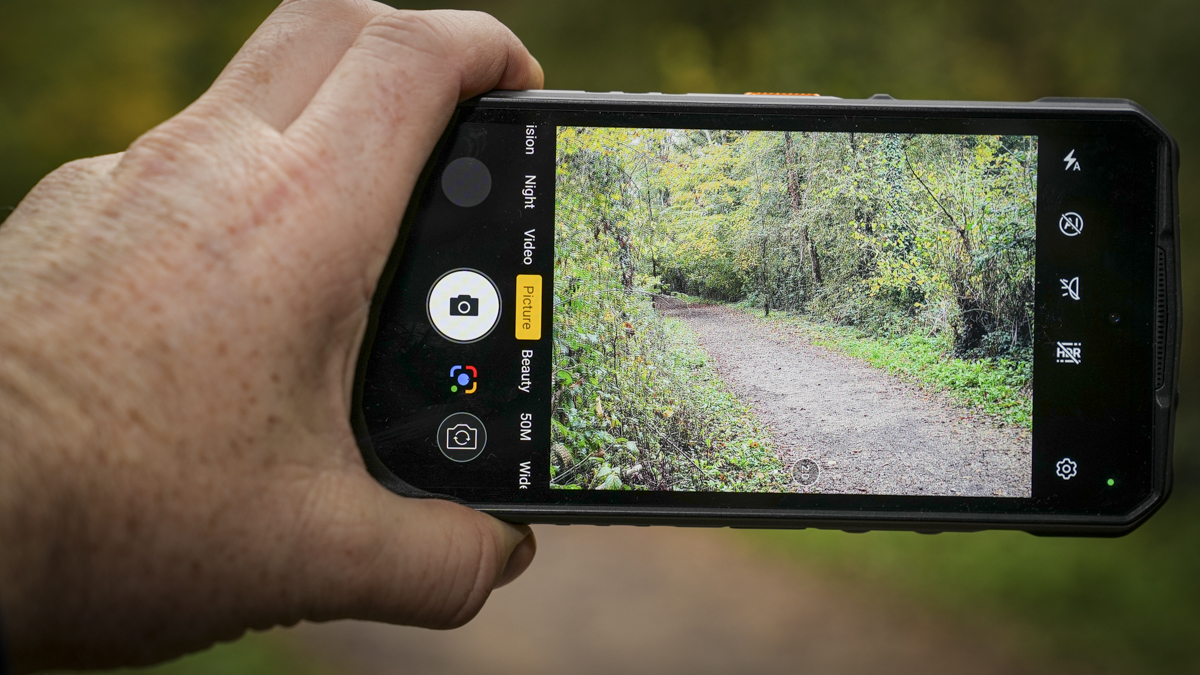
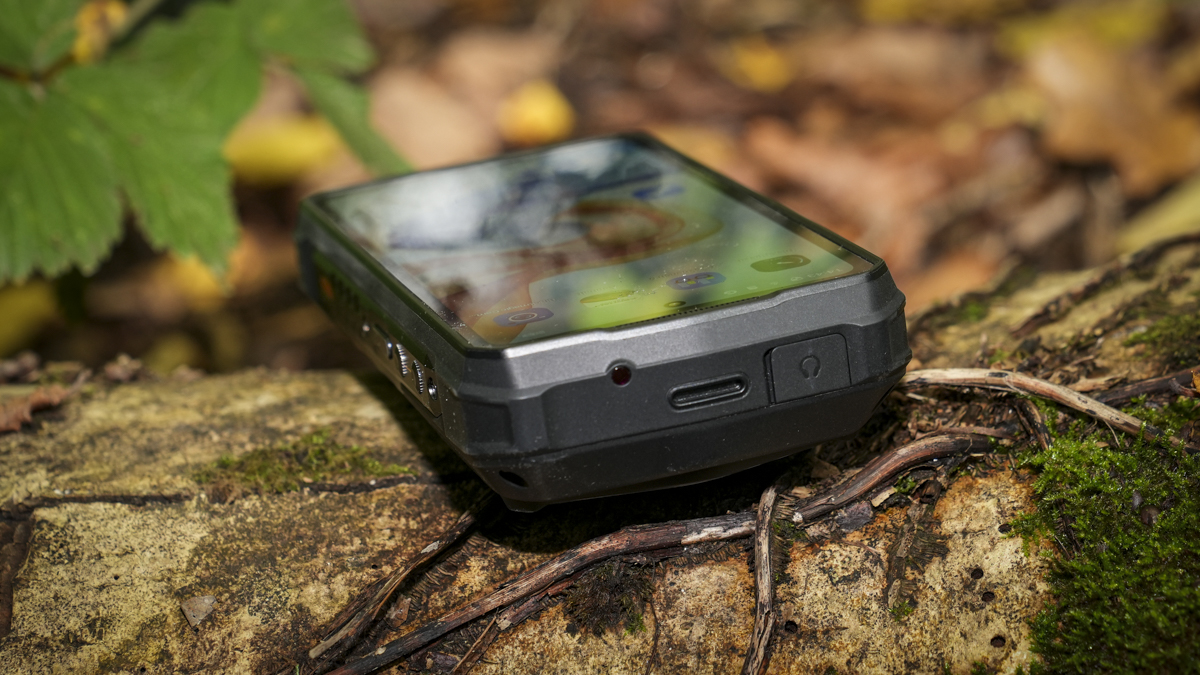
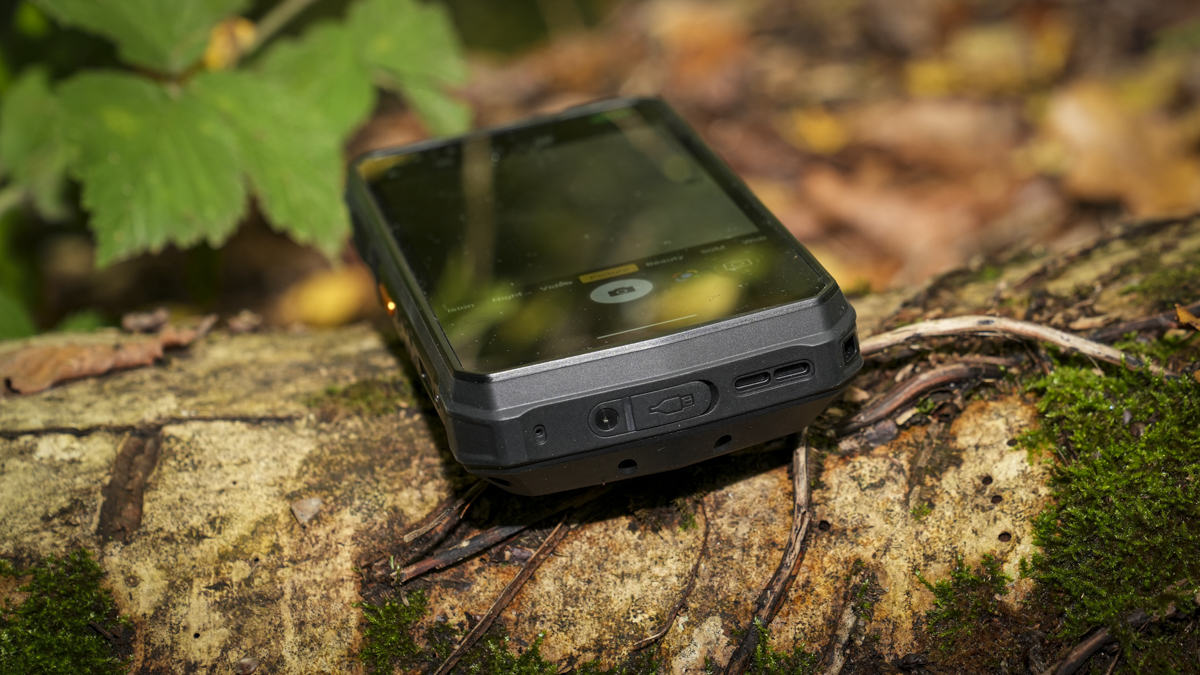
Specifications
Reasons to buy
Reasons to avoid
✅ You prioritize battery life: With a 21200mAh battery, it's one of the largest out there for those who need to go weeks without charging - and it's even got 120W ultra-fast charging.
✅ You want great cameras: We were seriously impressed with the camera array on this device, and it also includes night vision.
❌ You need a lighter phone: There's no getting around it - this is a massive phone that weighs a lot.
❌ You need a budget device: The Ulefone Armor 29 Ultra is at the upper end of the price-scale for budgets phones, although you get a lot of features for your money.
The Ulefone Armor 29 Ultra might not have the biggest battery we've seen on a rugged phone - that would be the Oukitel WP100 Titan - but it's not far behind. Even after a month of using it, we still only knocked the battery life down to 18%. And with 120W fast charge capabilities, you can get that back to 100% in around an hour. We also liked that it has a 10W reverse charge, so you can re-charge another phone using USB-C, just like a power bank.
If it's battery life you're prioritizing, this is a rock-solid choice, no question. It's the main feature that stood out to us during our review.
But to fit that chunky battery into the phone, it comes at the cost of weight. There's no getting around the fact that at over 23oz, this is one heavy phone. One of the largest and heaviest we've ever tested, and while it felt fine to hold at first, eventually that weight did begin to creep up on us.
Elsewhere, features are great - the camera quality is excellent, the camping light on the back is bright. And performance is just as punchy. In our review, we noted that "this is one of the most streamlined Android phones", easily capable of handling even the most complex and memory-demanding applications without slowdown.
Read our full Ulefone Armor 29 Ultra rugged phone review
Best rugged phone for thermal camera imaging
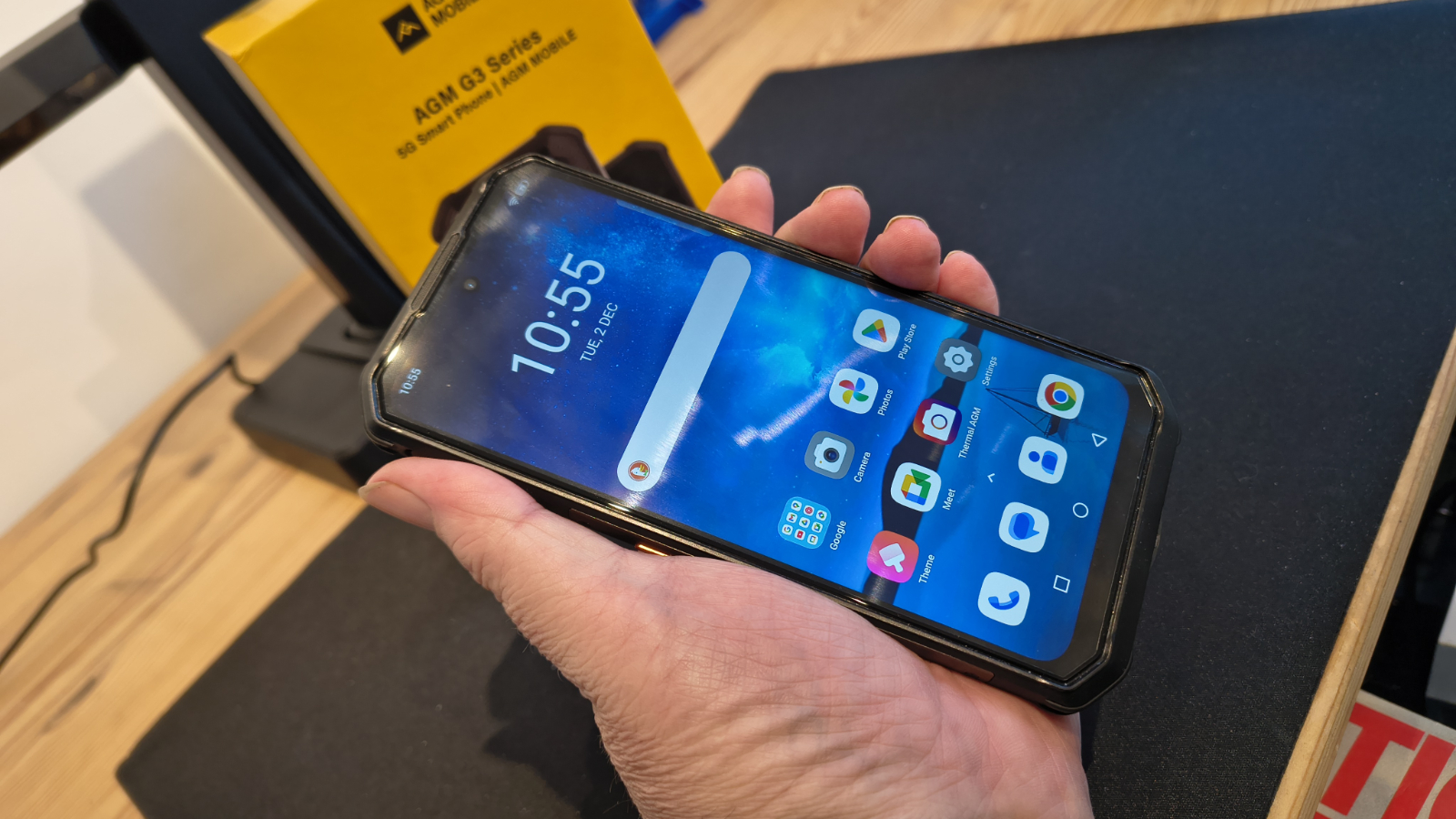
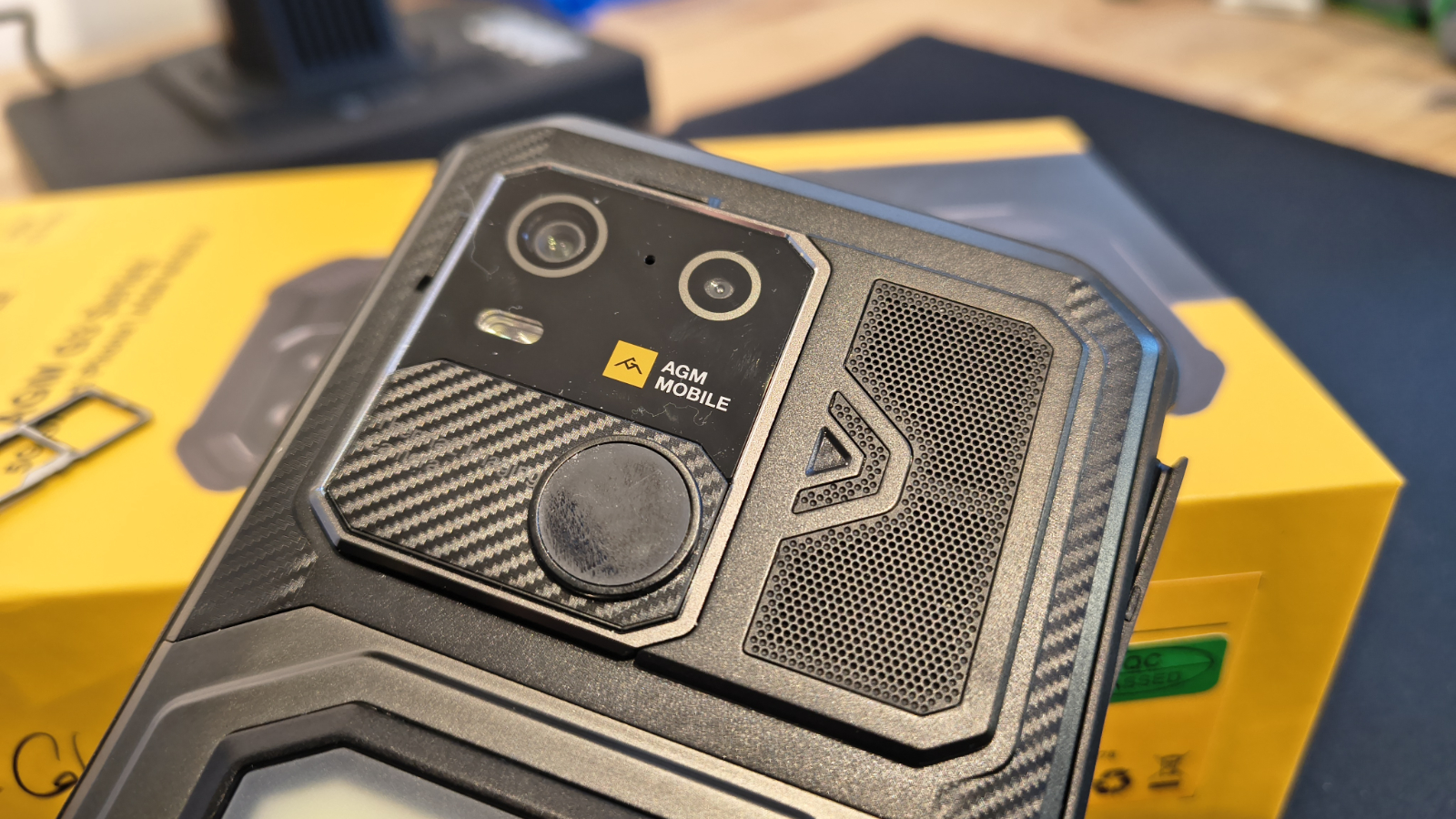
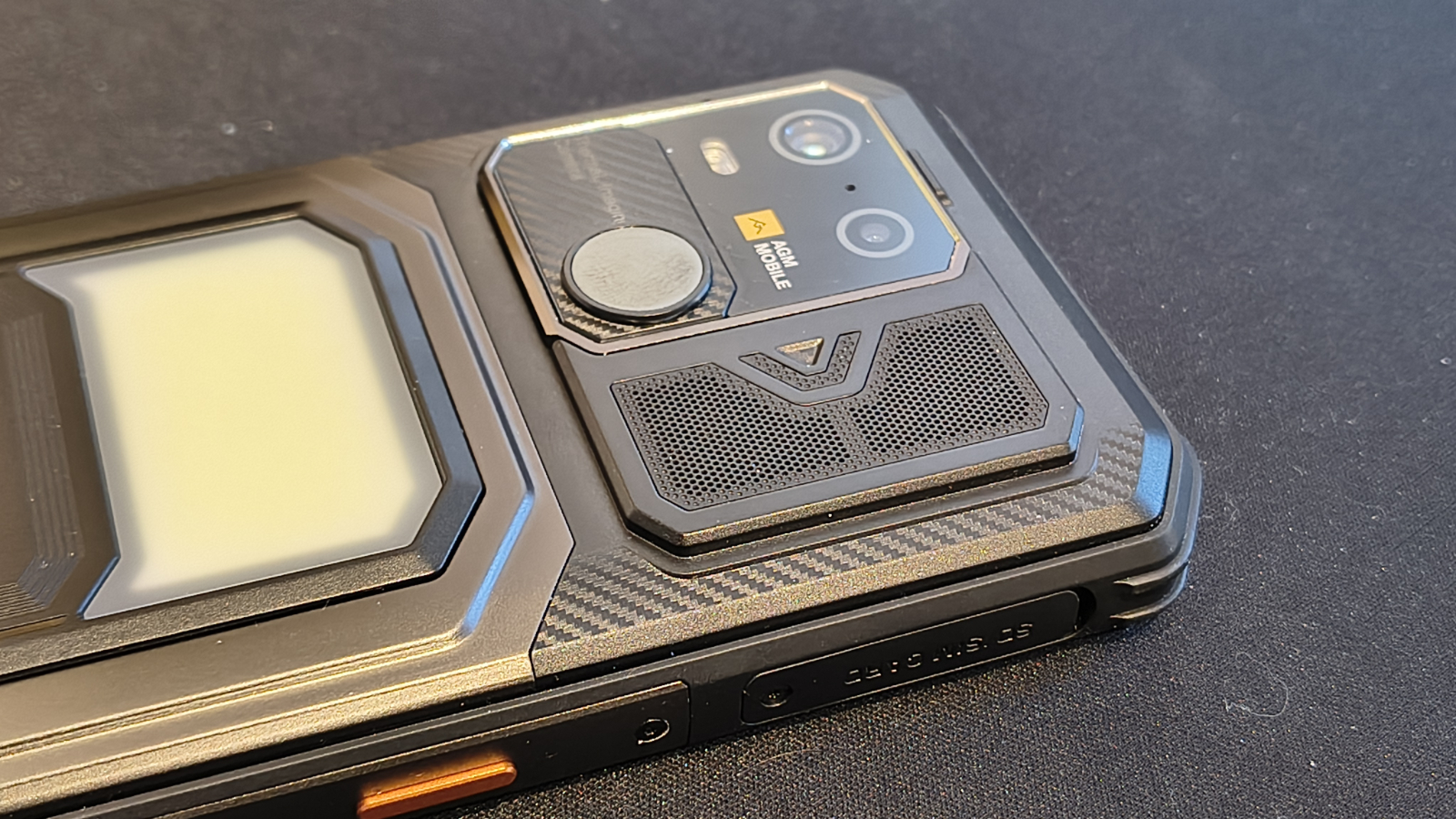

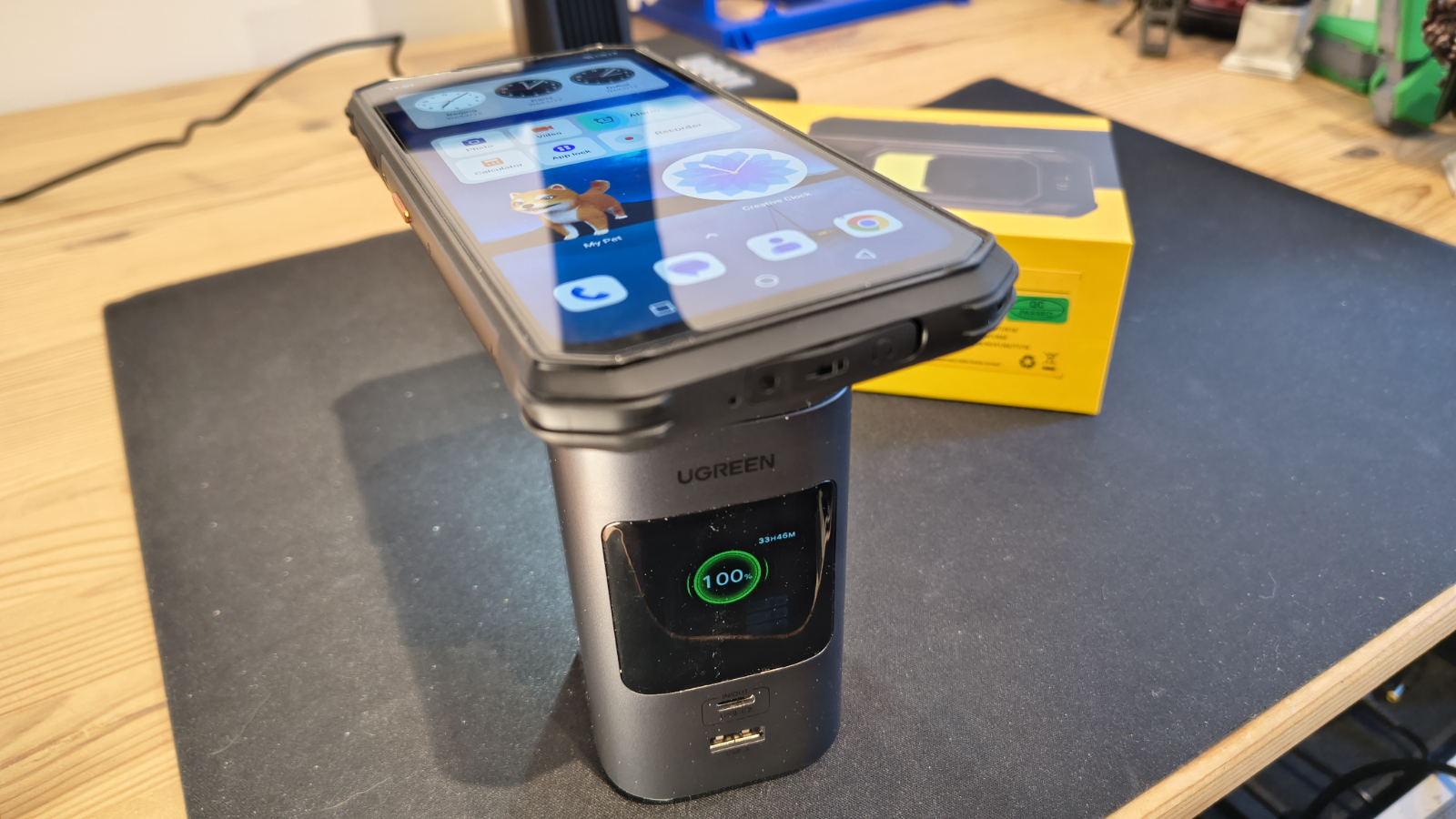
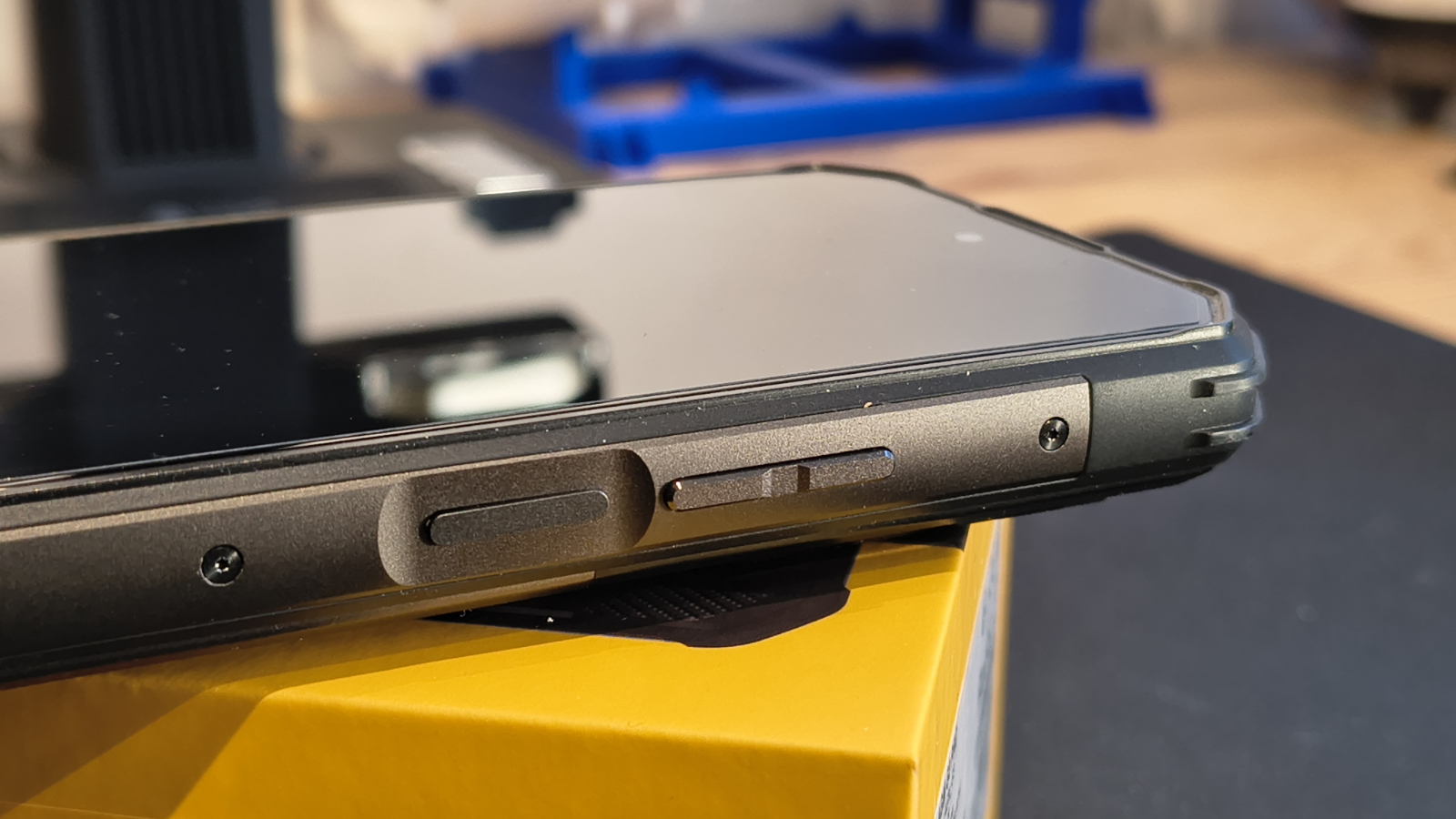








Specifications
Reasons to buy
Reasons to avoid
✅ You need a rugged phone with a true thermal imaging camera: This phone comes equipped with a fully professional thermal camera with a 512x384 thermal sensor.
✅ You want great battery life: We liked how long this phone lasted on a single charge - but even better, it boasts wireless charging.
❌ You don't need the thermal camera: For the price, there are better picks out there if thermal imaging isn't your main priority.
❌ You're on a budget: This isn't the cheapest rugged phone around, but for what you get, you can't expect it to be.
The AGM G3 Pro is built like a tank, boasts a long battery life, and includes features like wireless charging. But the star of the show here is the business-grade 512x384 thermal sensor, which boasts two thermal ranges: one ranging between -20C to 150C, and the other spanning 100C to 550C. You can scroll through the gallery above to see our photos of the phone and examples of its thermal camera imaging.
Performance felt good during our time testing the device. It's more than capable of tackling your day-to-day phone use - opening documents, browsing the internet, playing games. None of this bothers the G3 Pro.
There's not much we didn't like about the AGM G3 Pro except the price - in some regions, it does feel expensive compared to rivals on the market. However, most of those don't have thermal imaging, and certainly not one that's pro-grade. If that's your priority, this rugged phone is an easy recommendation.
Read our full AGM G3 Pro rugged phone review
Best rugged phone with removable battery
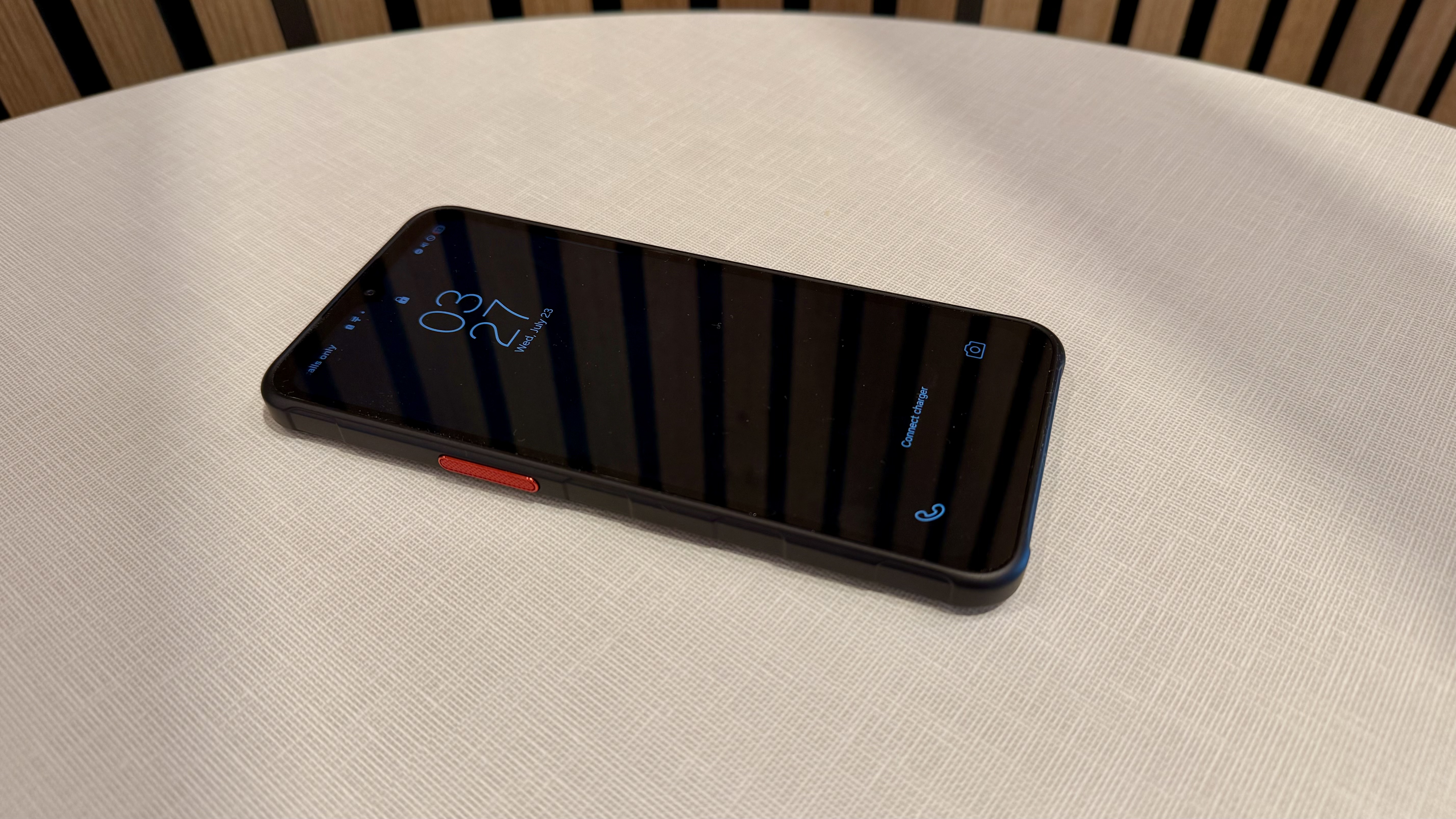
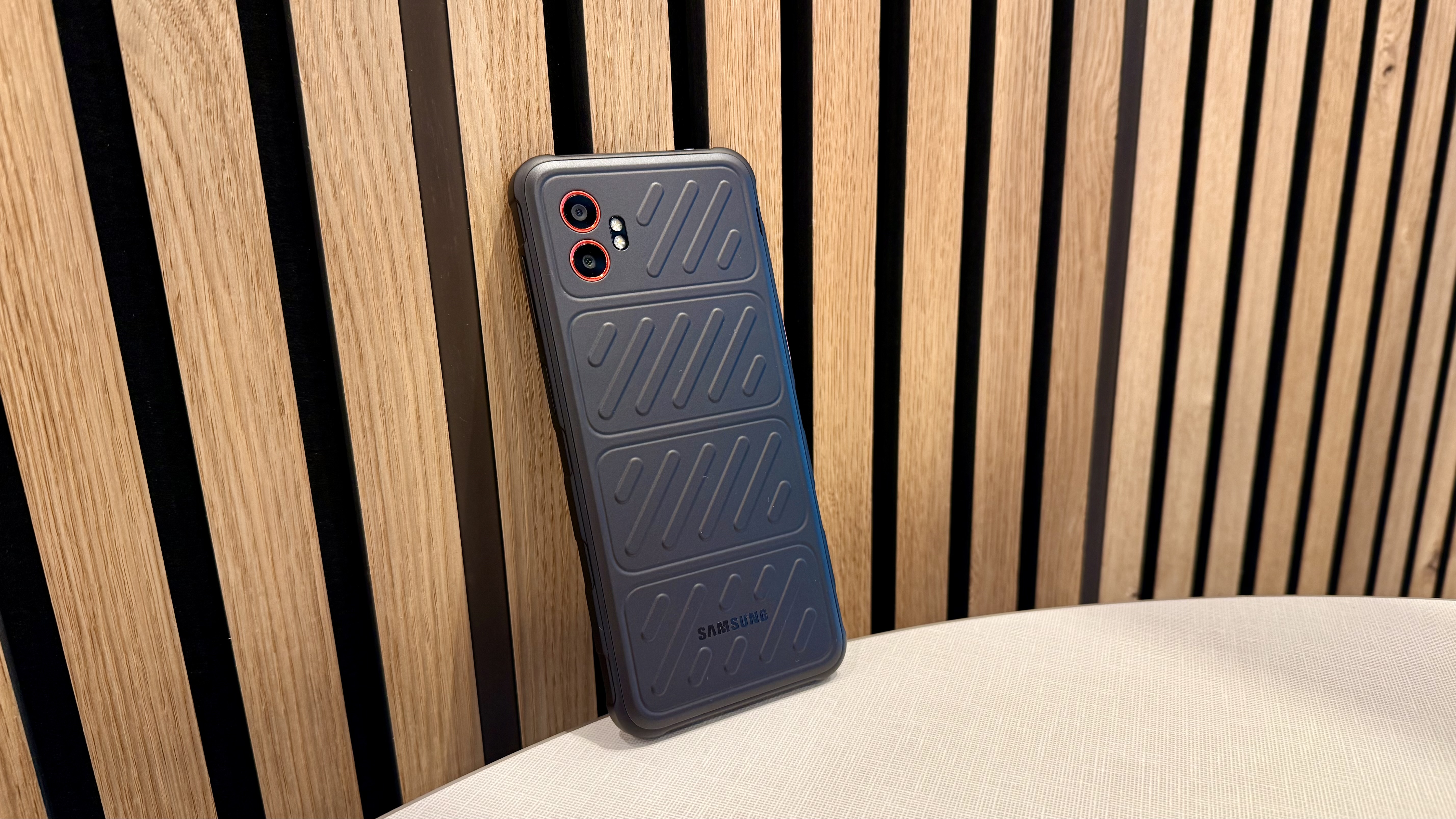
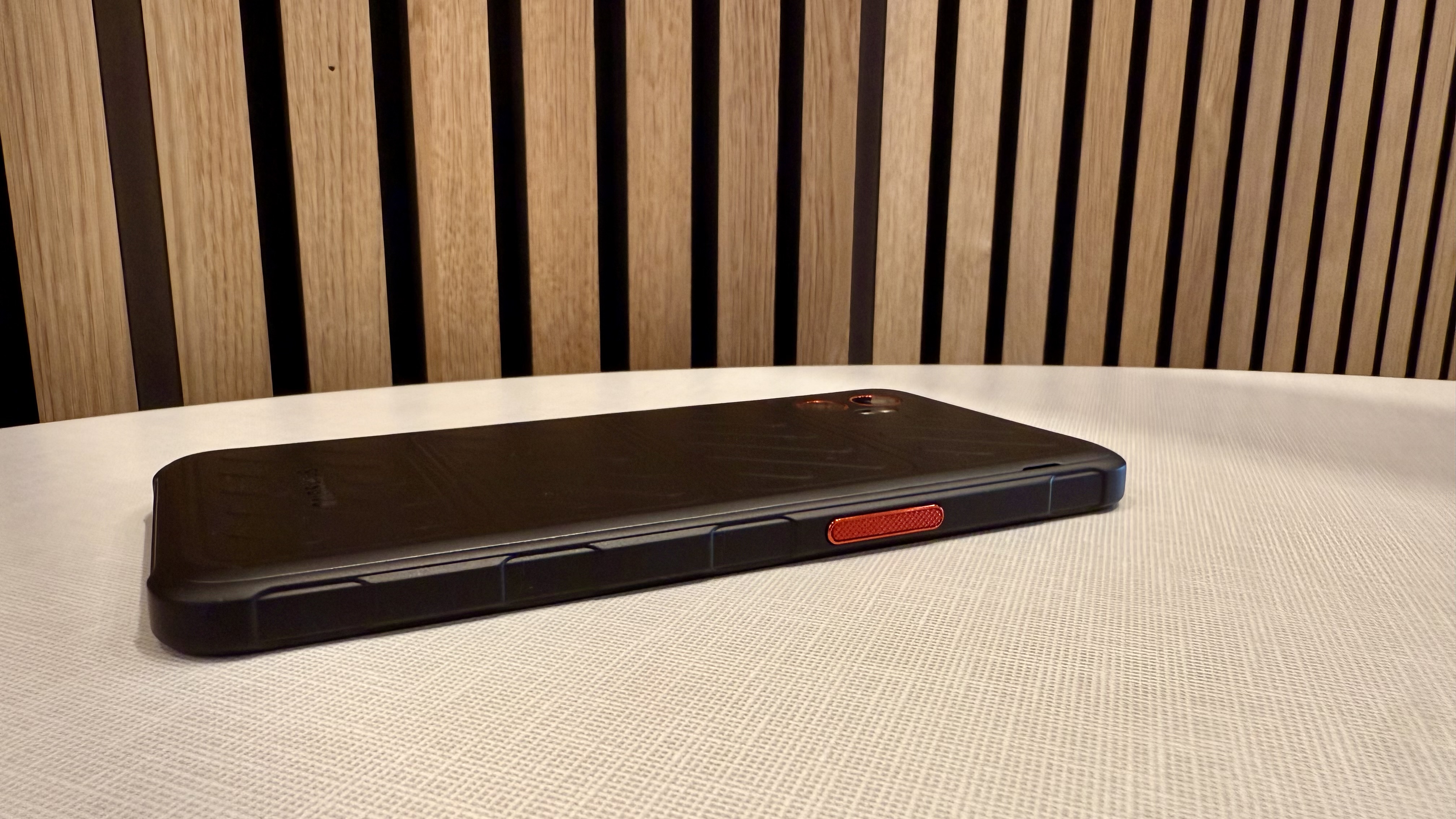
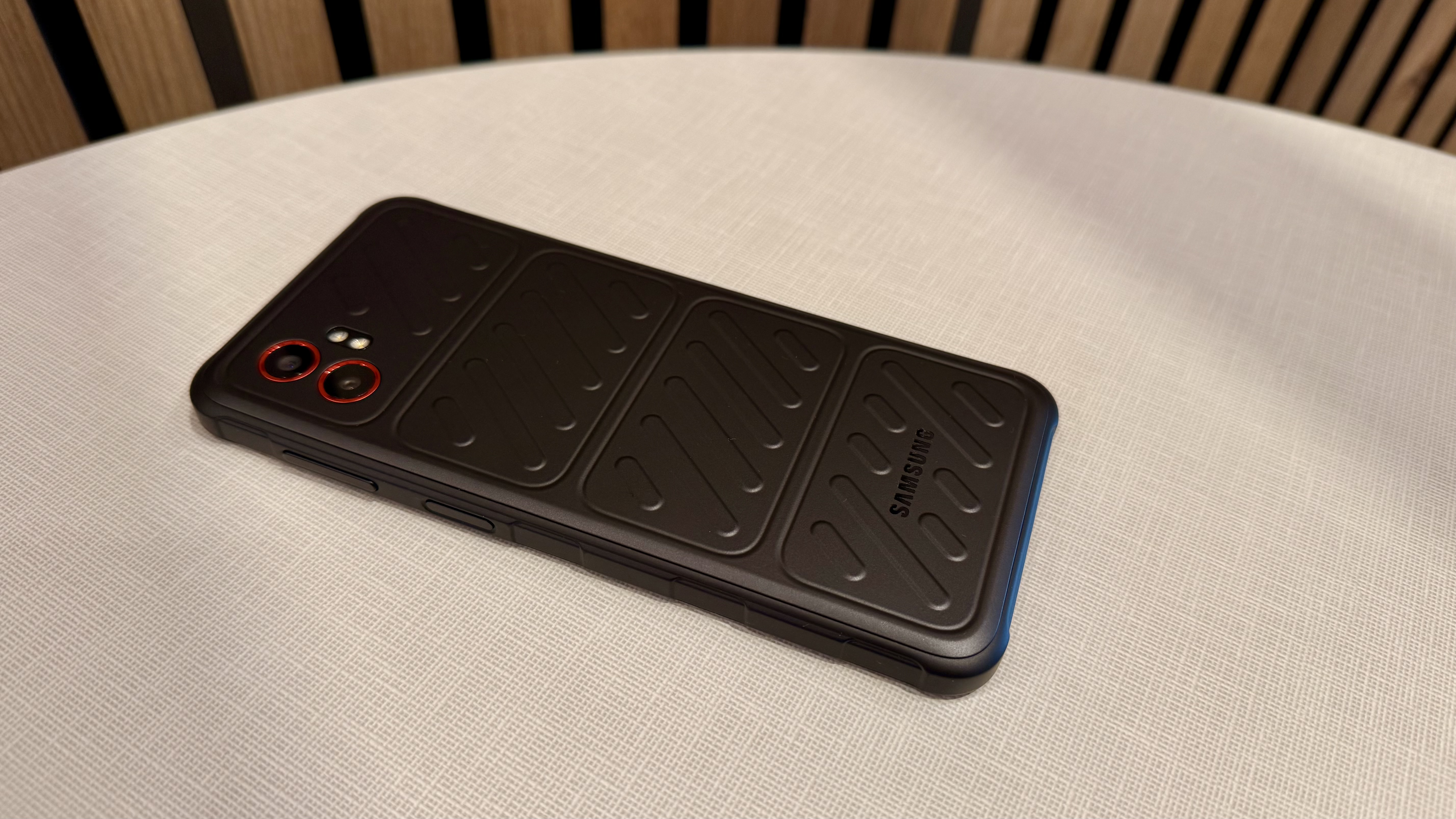
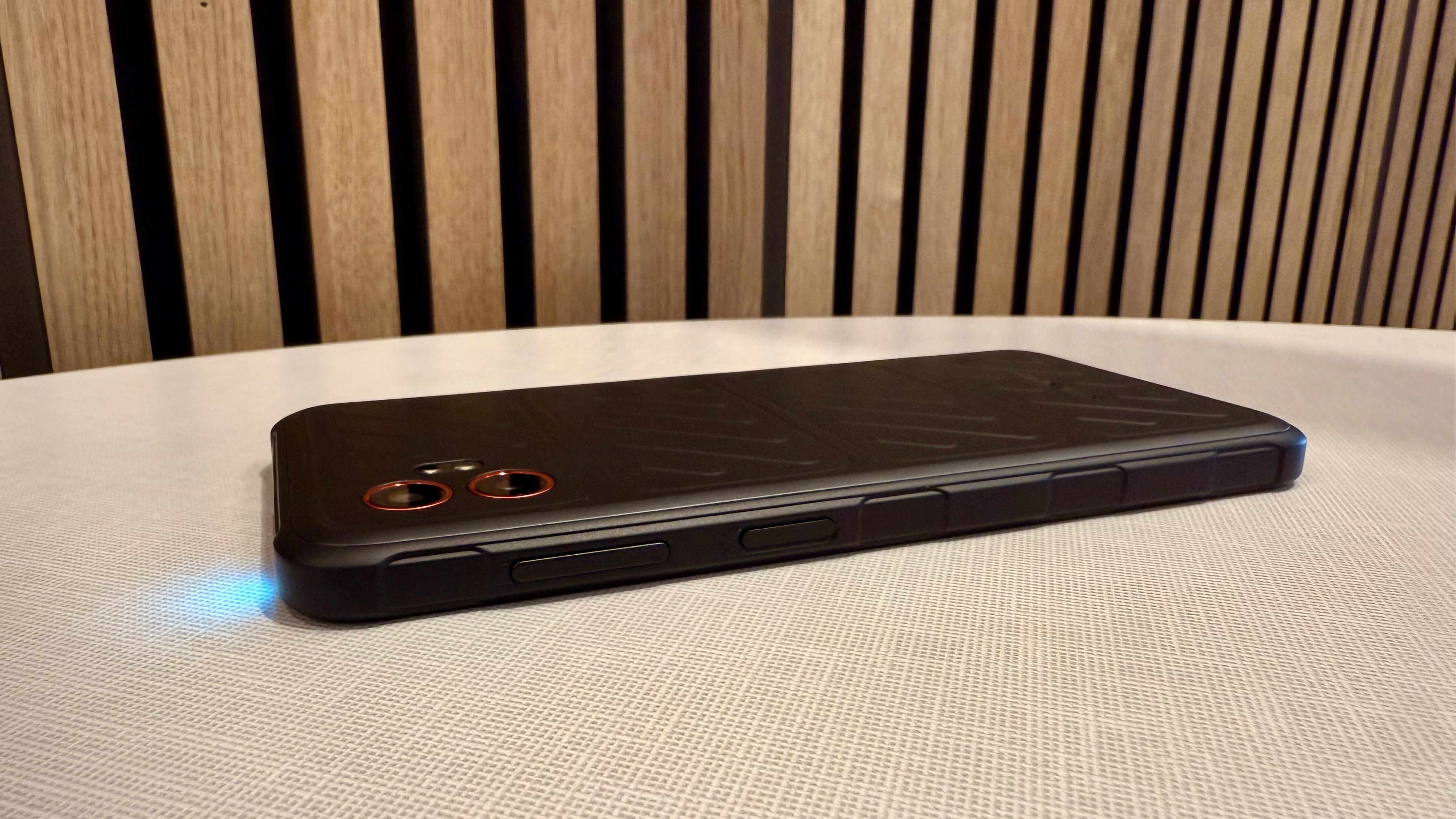
Specifications
Reasons to buy
Reasons to avoid
✅ You need a rugged phone with a removable battery: There aren't many phones, let alone smartphones, with the option to switch out the battery, but this is one of them.
✅ A lightweight rugged phone is important: Impressively, this robust phone weighs just 240g.
❌ You want wireless charging: Even though you can change batteries, there's no wireless charging on this phone.
❌ You need top-tier cameras: Cameras here are fine, but basic, with a 50MP rear and 13MP front camera.
The Samsung Galaxy XCover7 Pro is an update on the XCover7, switching in a Snapdragon 7s Gen 3 chip, a 120Hz refresh rate, a 13MP front camera, and a slightly larger battery, which, happily, is still removable.
On the rugged side, it's IP68-rated, making it water resistant, and the chassis is MIL-STD 810H for extra durability. What I especially like, however, is how light it is compared to many rugged smartphones you'll find today - it weighs in at around 0.5lb / 240g. That gives it plenty of use for those looking for a more traditional phone that's also well-protected.
We reviewed this model for over two months and found it to be an impressive and powerful performer across the board. Alright, it can't match flagship performance, and the 6.6in screen lacks the brightness of an OLED panel, but he had no issues using this as part of his workflow. It capably handled Samsung DeX, Slack, and general browsing with ease. It also features Knox security implementation for businesses who want digital as well as physical protection.
But, of course, the real stand-out feature here is the removable battery. Effectively, it's the ideal tool for fleet and logistic managers, retail and warehouse staff, and healthcare and frontline workers.
Read our full Samsung Galaxy XCover 7 Pro review.
Save money on Samsung products with our Samsung promo codes
Best rugged phones: Frequently asked questions
What is a rugged smartphone?
A rugged smartphone is a device that is specifically designed to withstand harsh conditions and rough use. These types of smartphones typically have reinforced casings, water and dust resistance, and are built to military standards.
What's the difference between rugged phones and other smartphones?
First off, rugged phones and standard phones are really similar in a lot of ways. Internally, they're functionally identical to regular smartphones. Most typically run the Android operating system (at least until Apple releases its own line of iOS rugged smartphone), they have good front and rear cameras. They run on classic mobile CPUs, too, from the likes of MediaTek and Qualcomm. You'll also often see both rugged and regular phones protect screens with Gorilla Glass or similar.
The difference between a rugged phone and a regular phone is the outer-build. The very best rugged smartphones have reinforced casings and strength and IP ratings, which can ensure a device is protected from shocks, drops, falls, water, and dust. You may also see a phone labelled as being tested against MIL-STD 810 standards, which is a set of tests under extreme conditions, as used by the US military. It definitely doesn't mean the tablet is fit for combat, though - just everyday rugged smartphone use.
These devices are specifically built to withstand harsh conditions, hostile environments, and rough use when out in the field. For this reasons, they also tend to have a longer battery life and are more durable than regular phones - even one with a strong protective case.
Are rugged smartphones expensive?
The price of rugged smartphones can vary, with some models being more expensive than others. Generally, they tend to be more expensive than regular smartphones due to their enhanced durability and resistance to harsh conditions.
Sign up to the TechRadar Pro newsletter to get all the top news, opinion, features and guidance your business needs to succeed!

Steve is B2B Editor for Creative & Hardware at TechRadar Pro, helping business professionals equip their workspace with the right tools. He tests and reviews the software, hardware, and office furniture that modern workspaces depend on, cutting through the hype to zero in on the real-world performance you won't find on a spec sheet. He is a relentless champion of the Oxford comma.